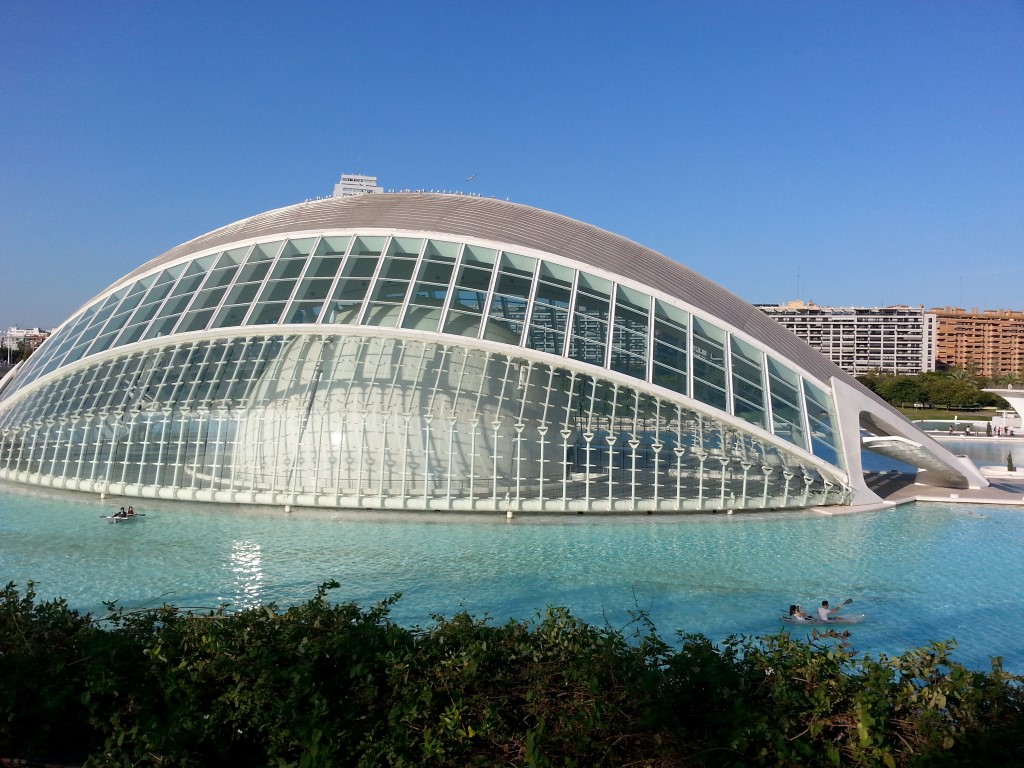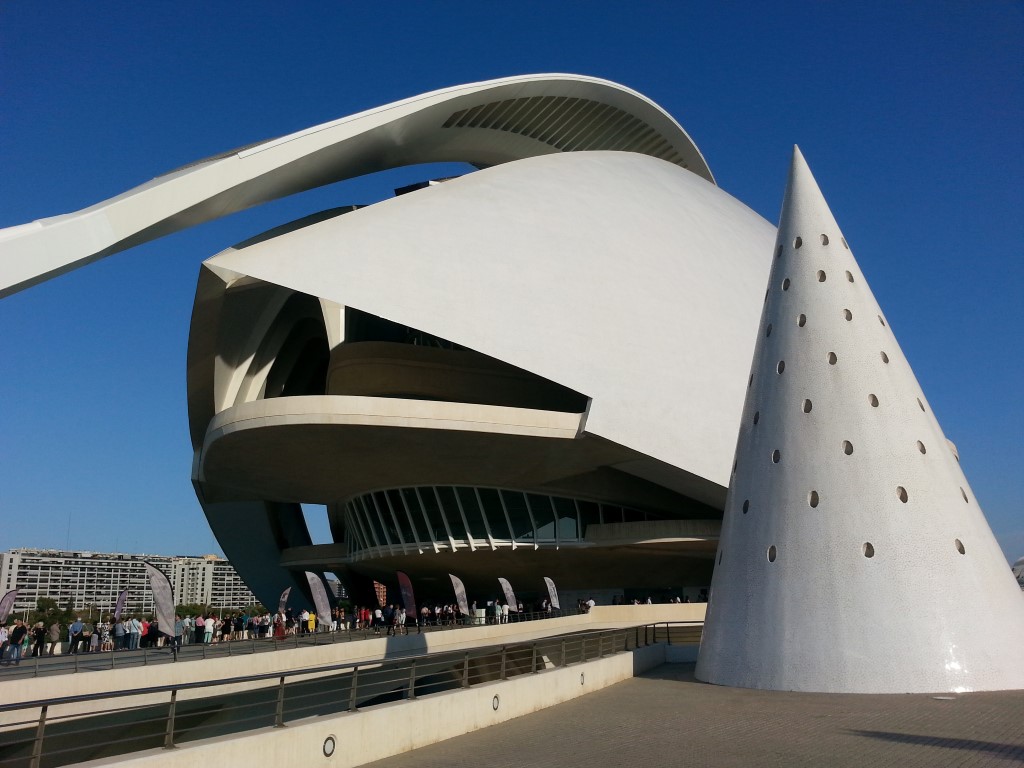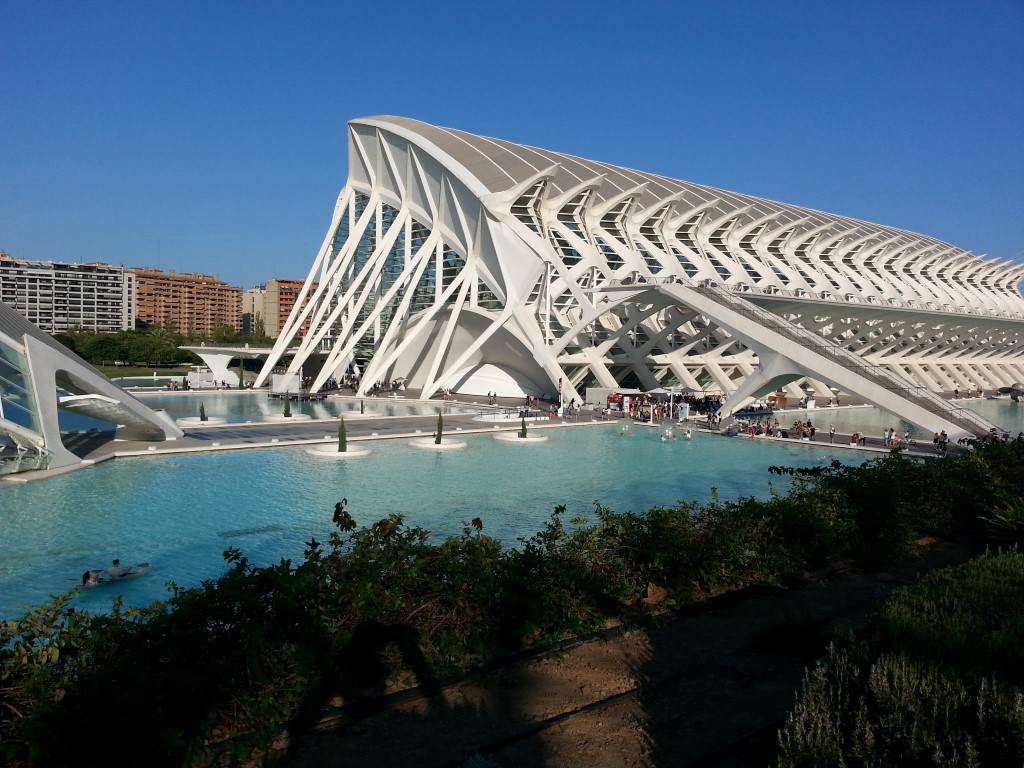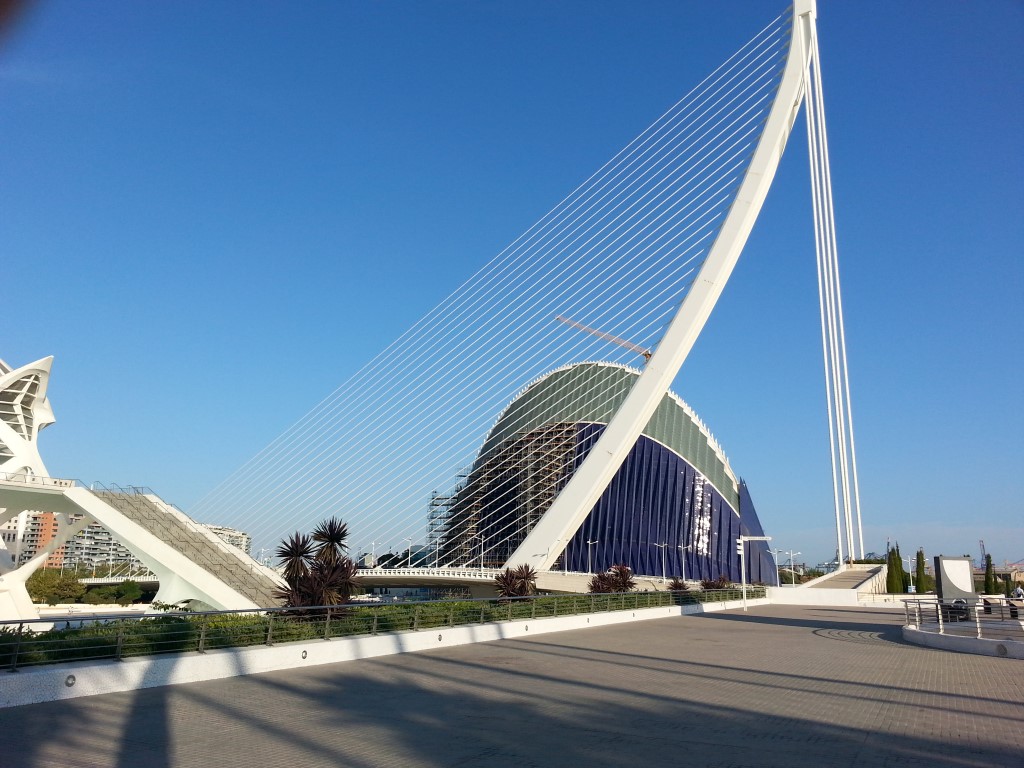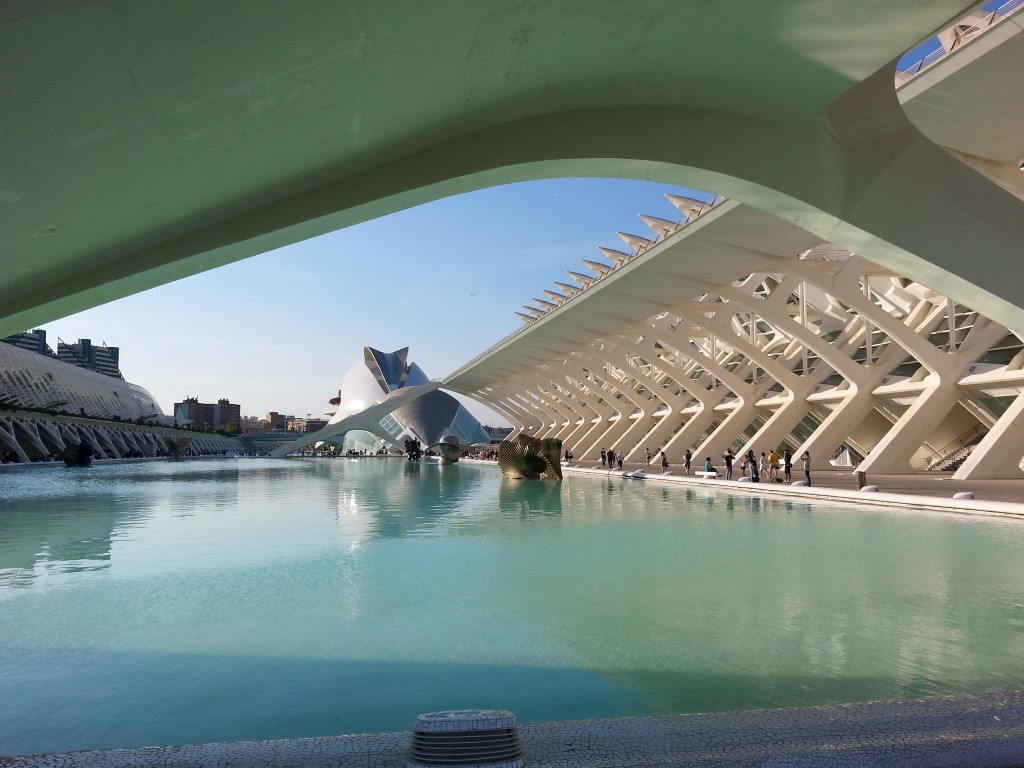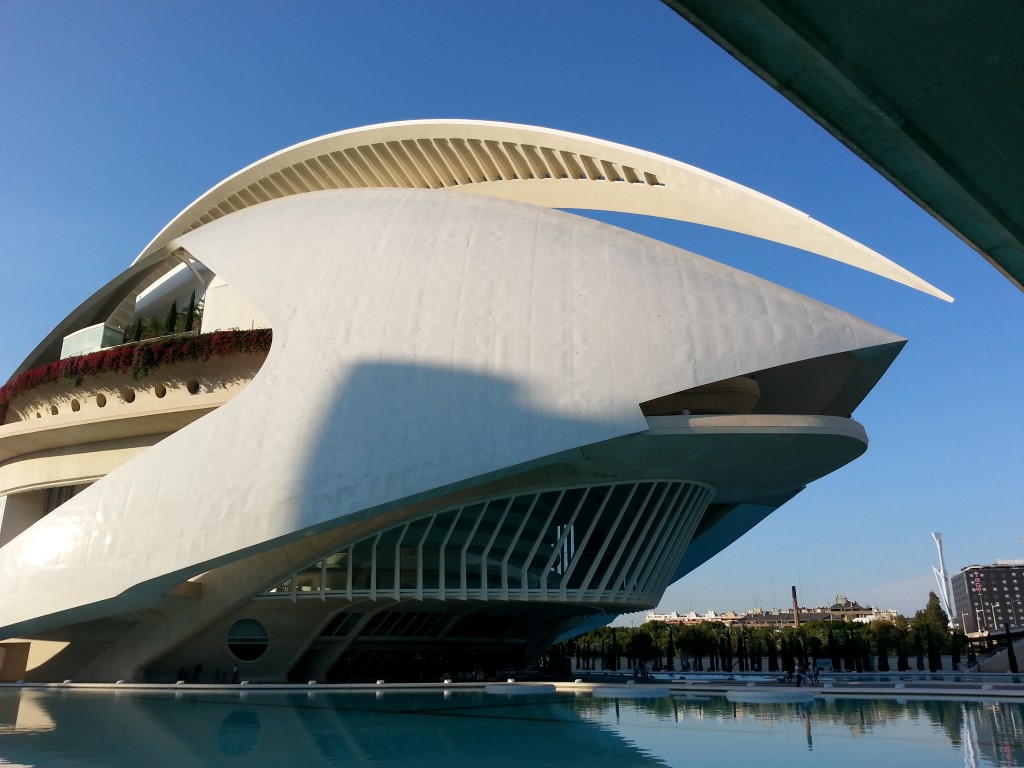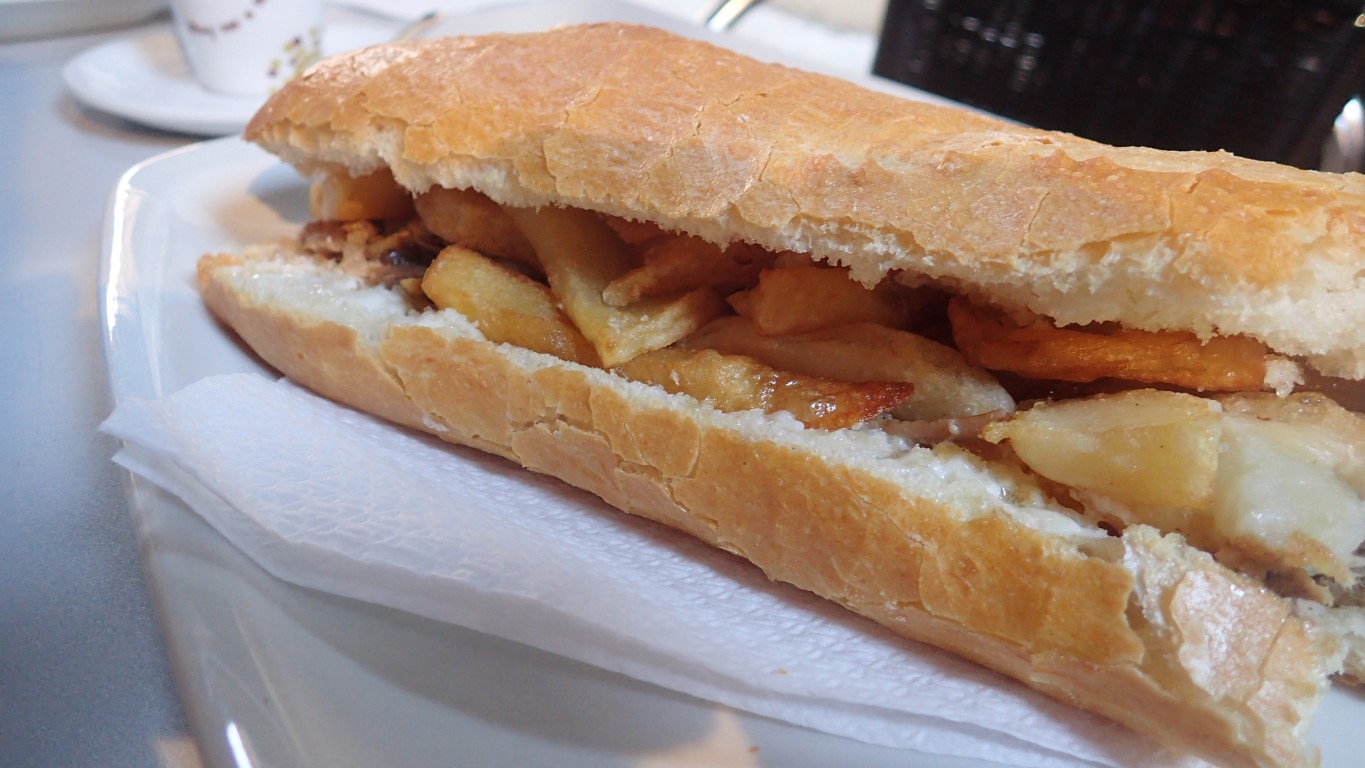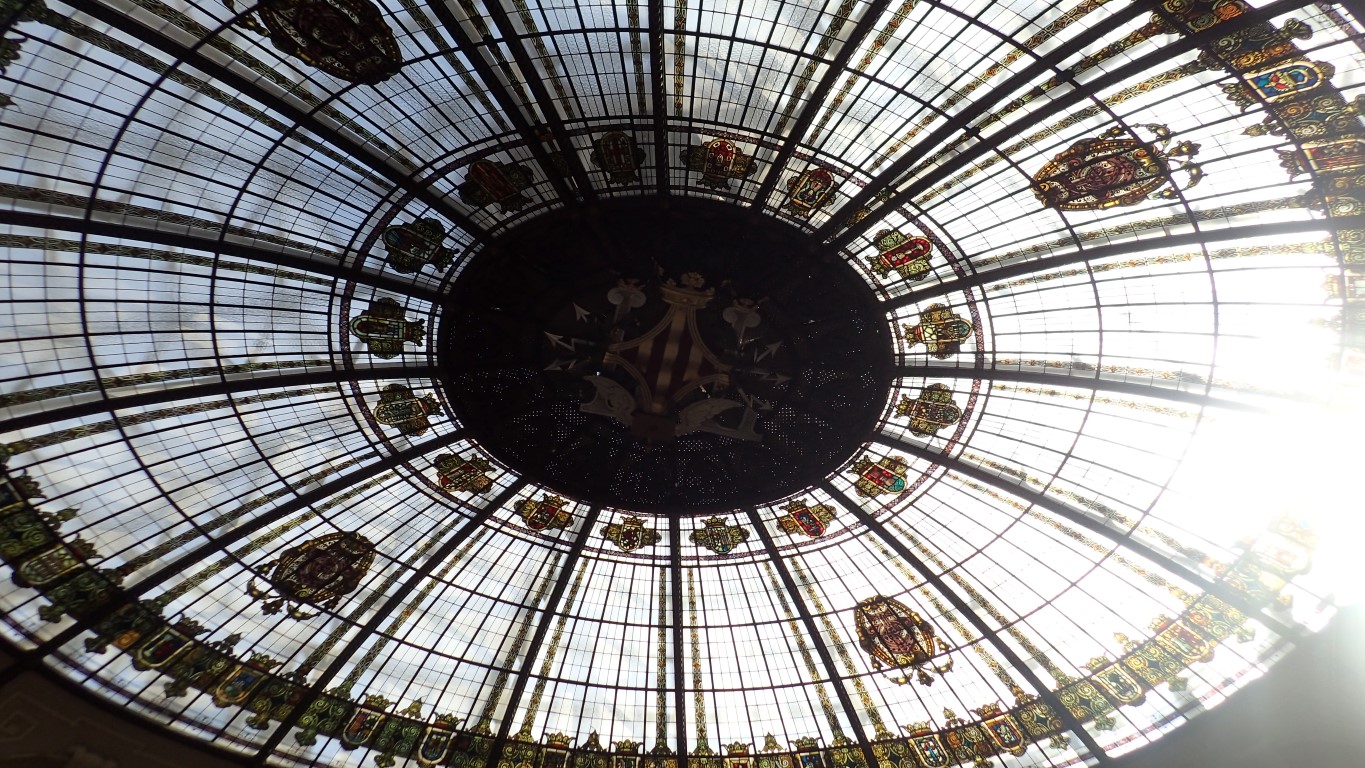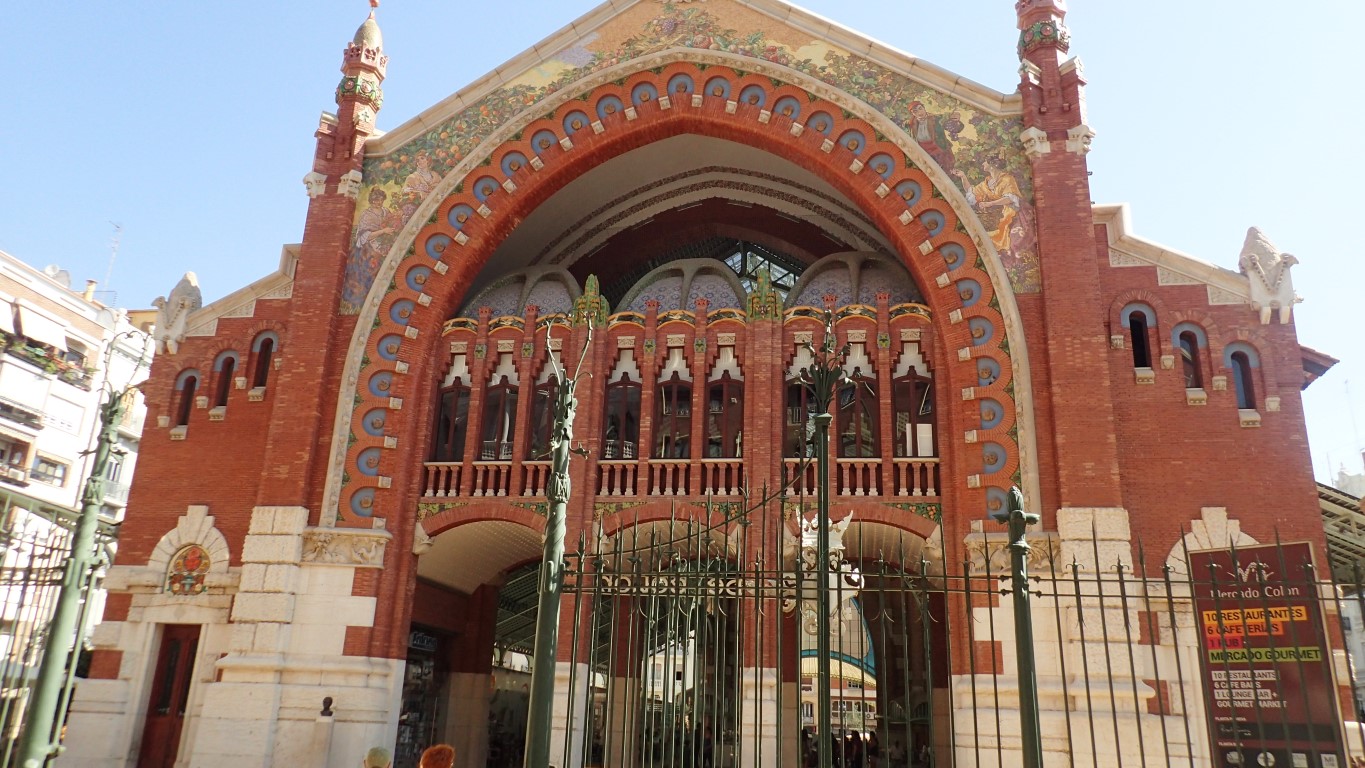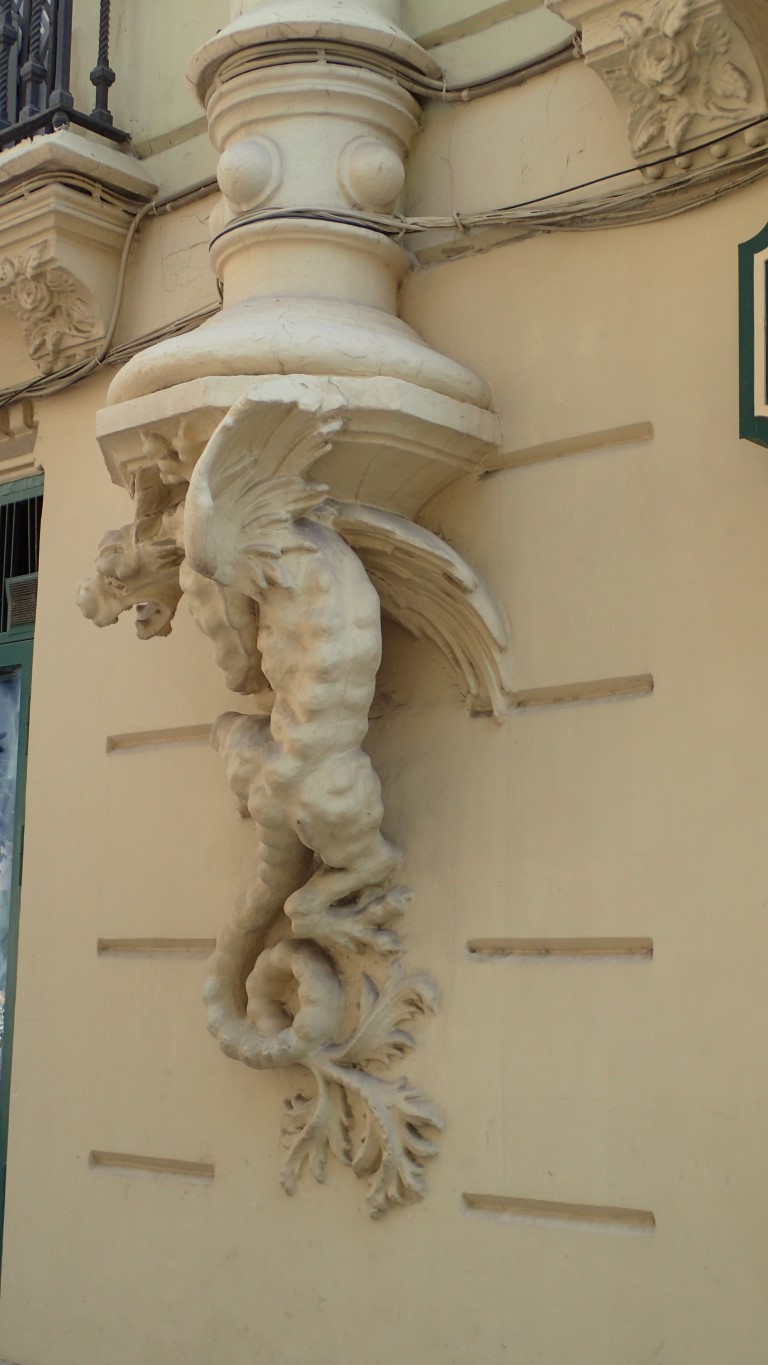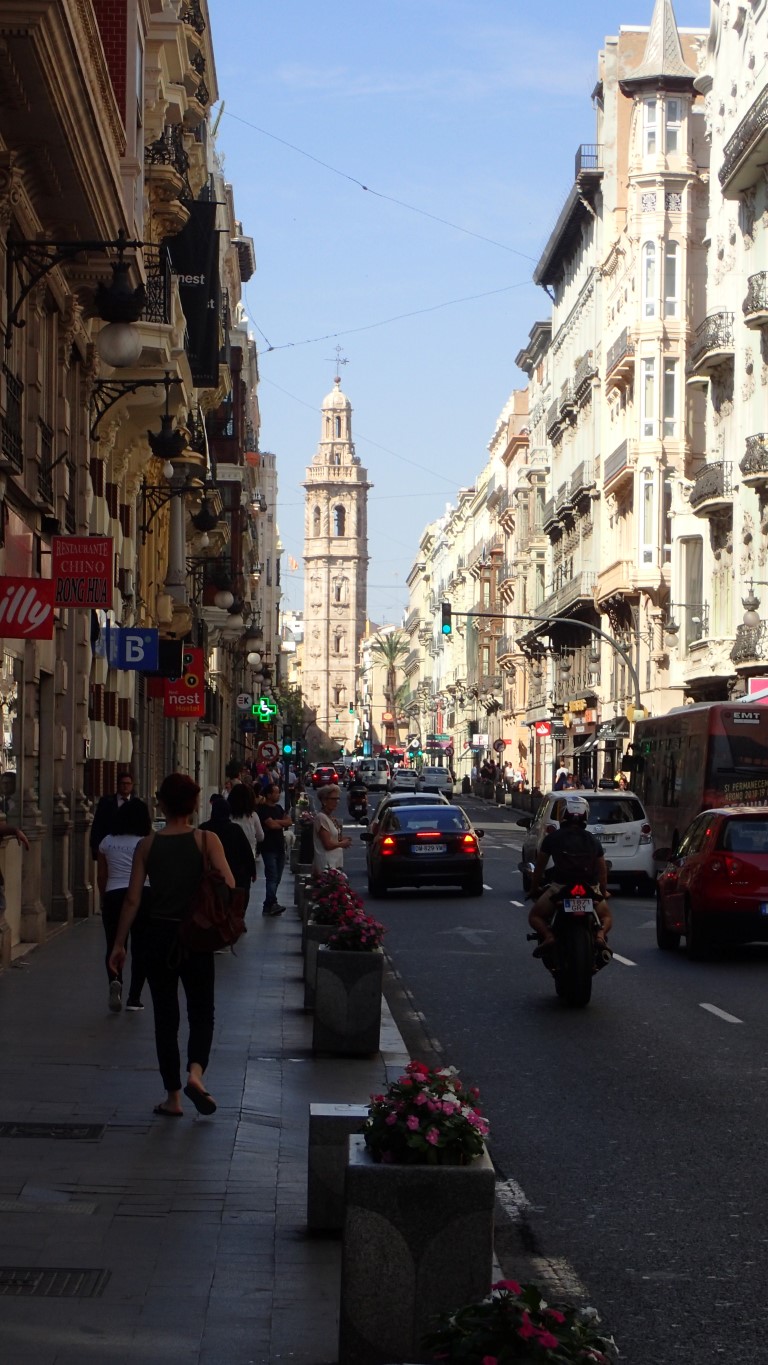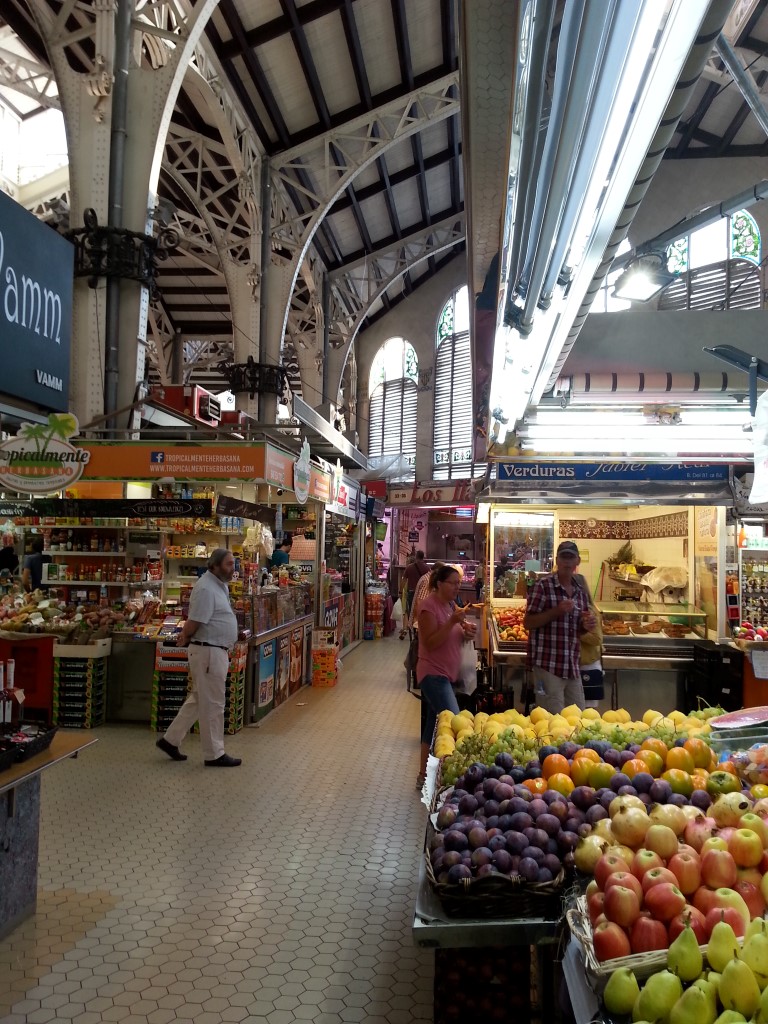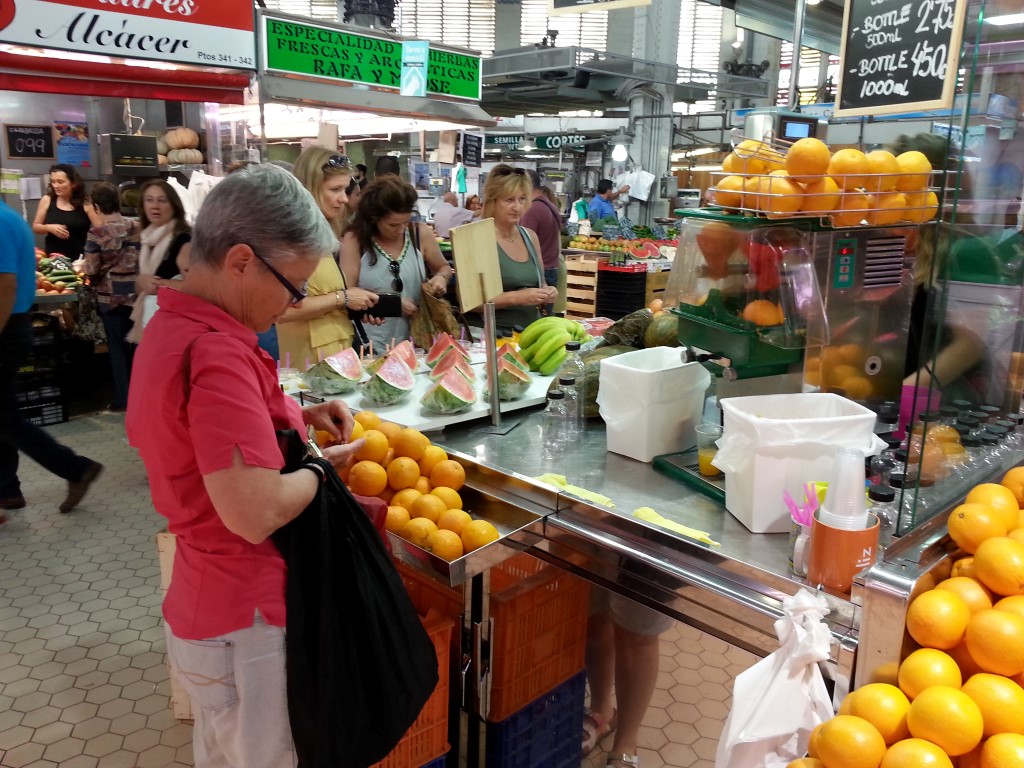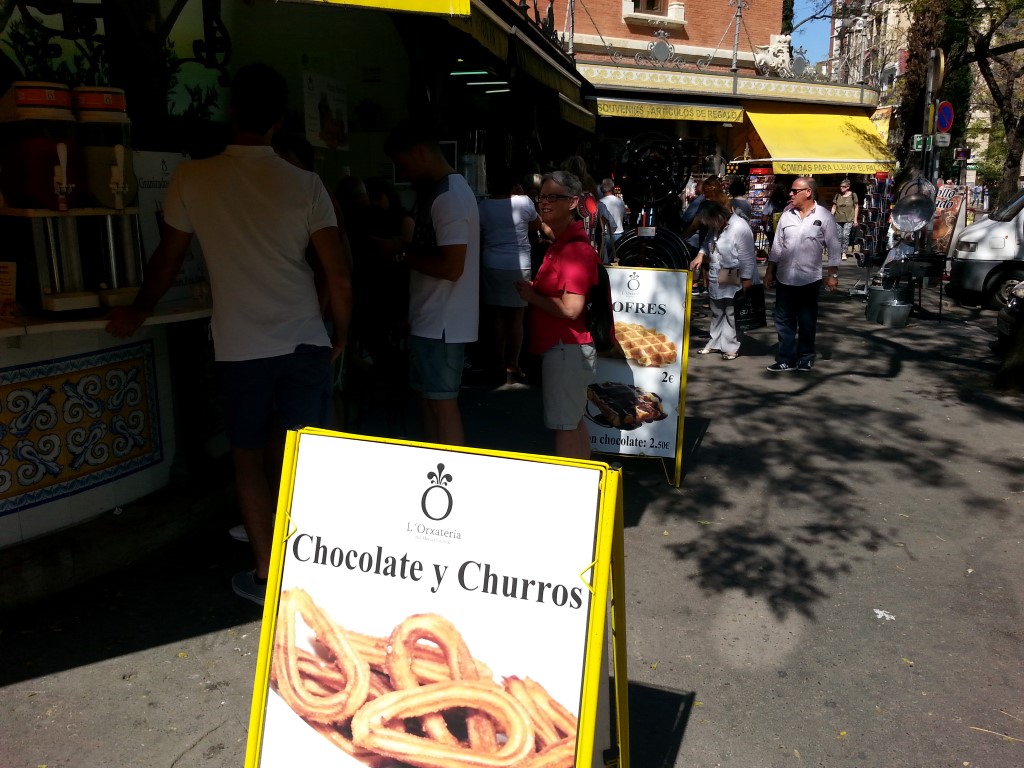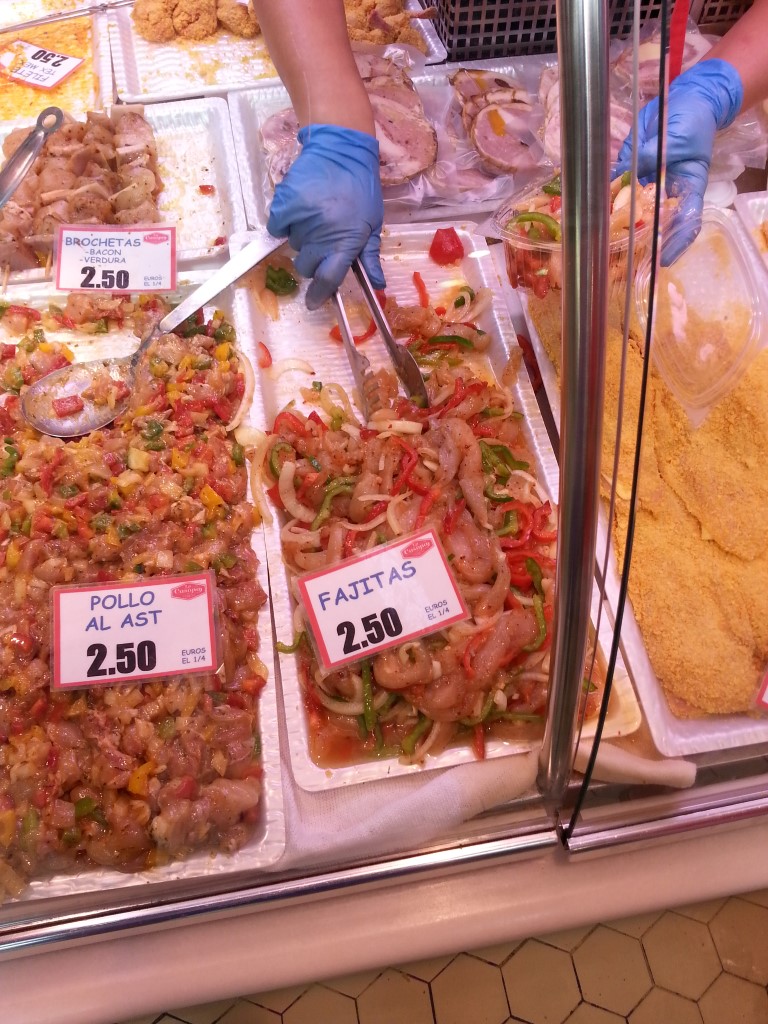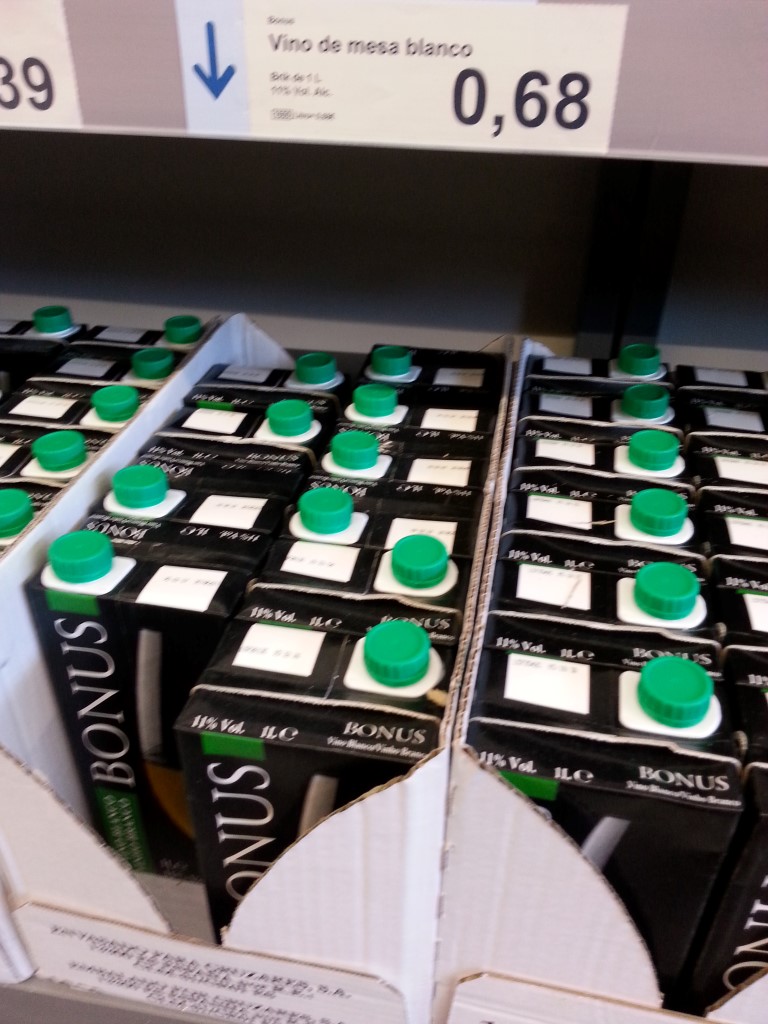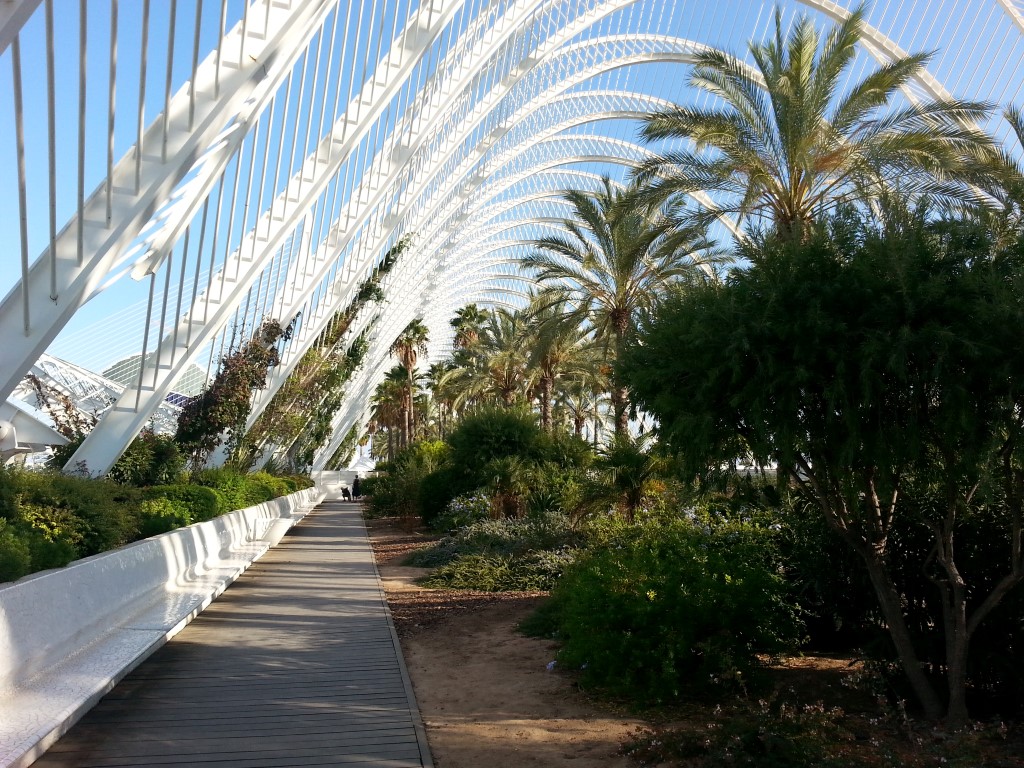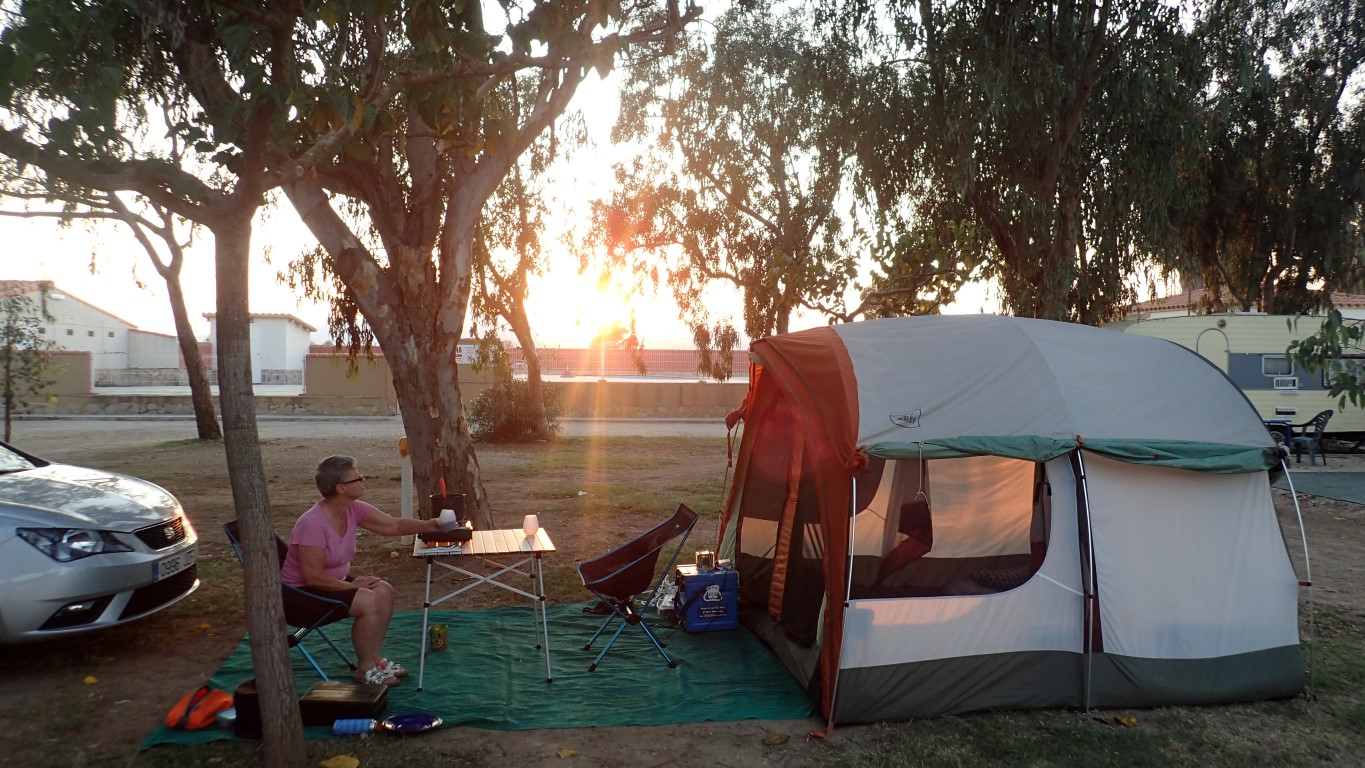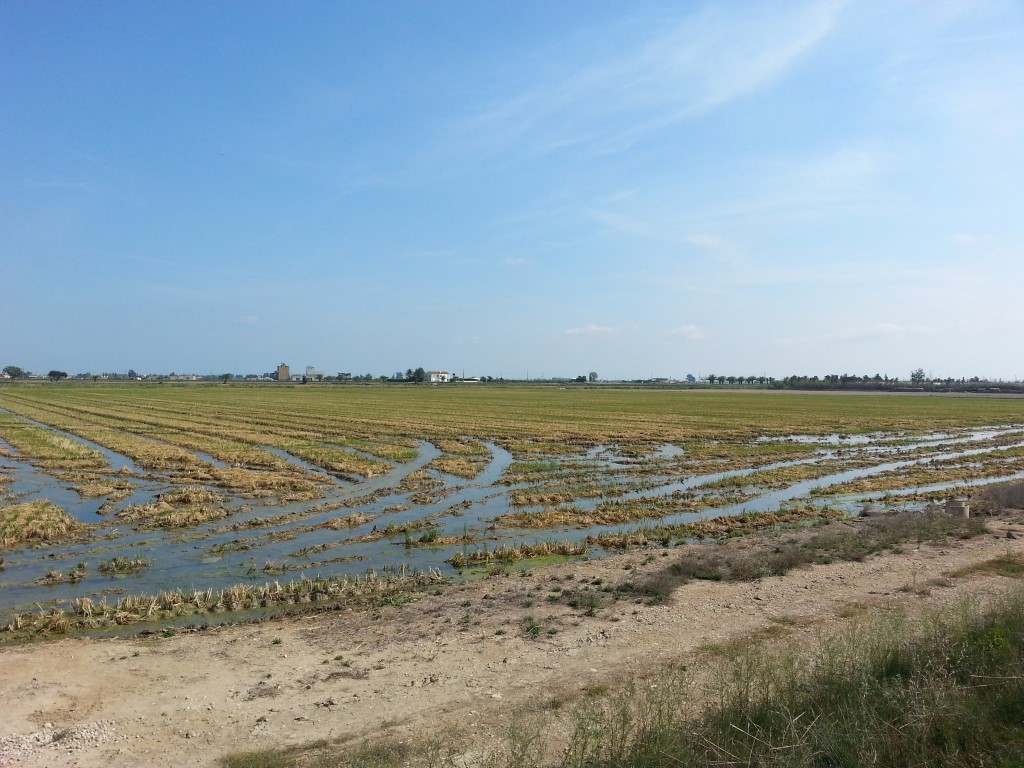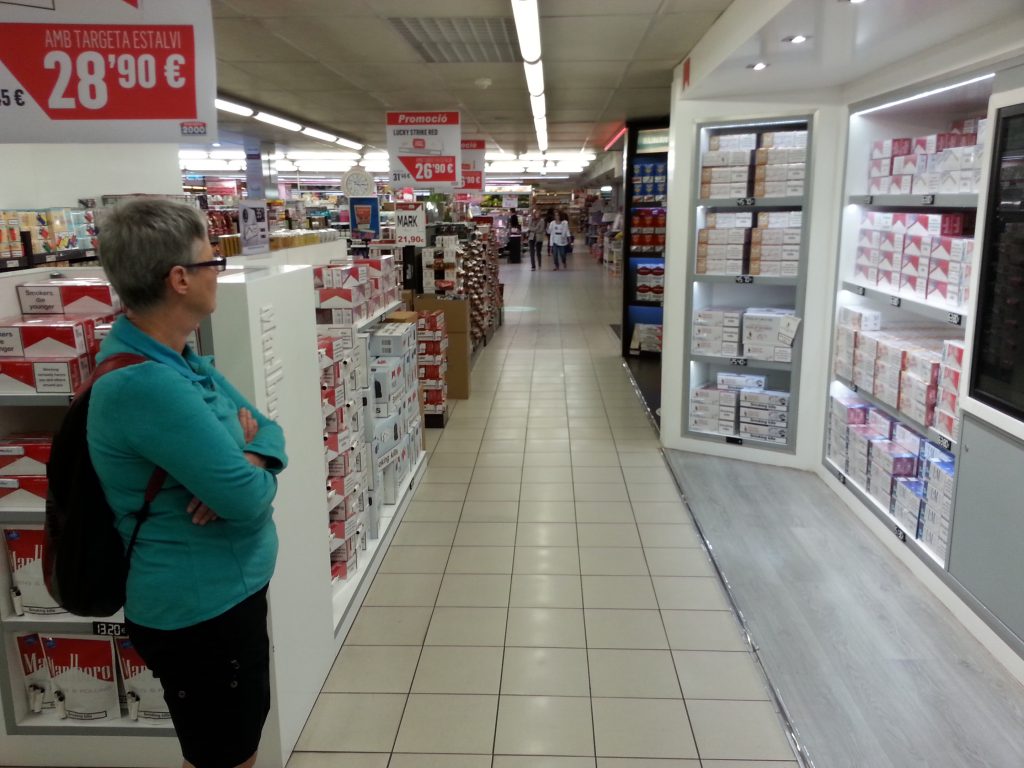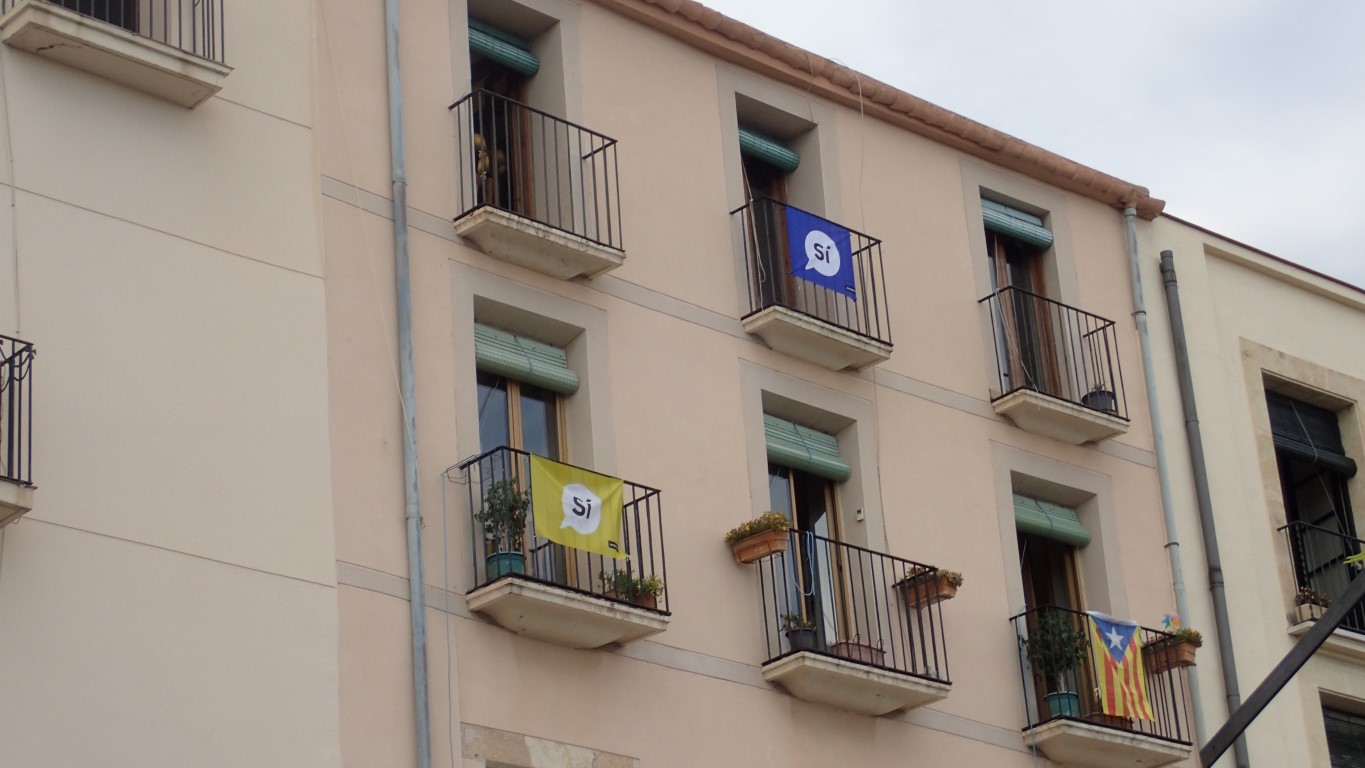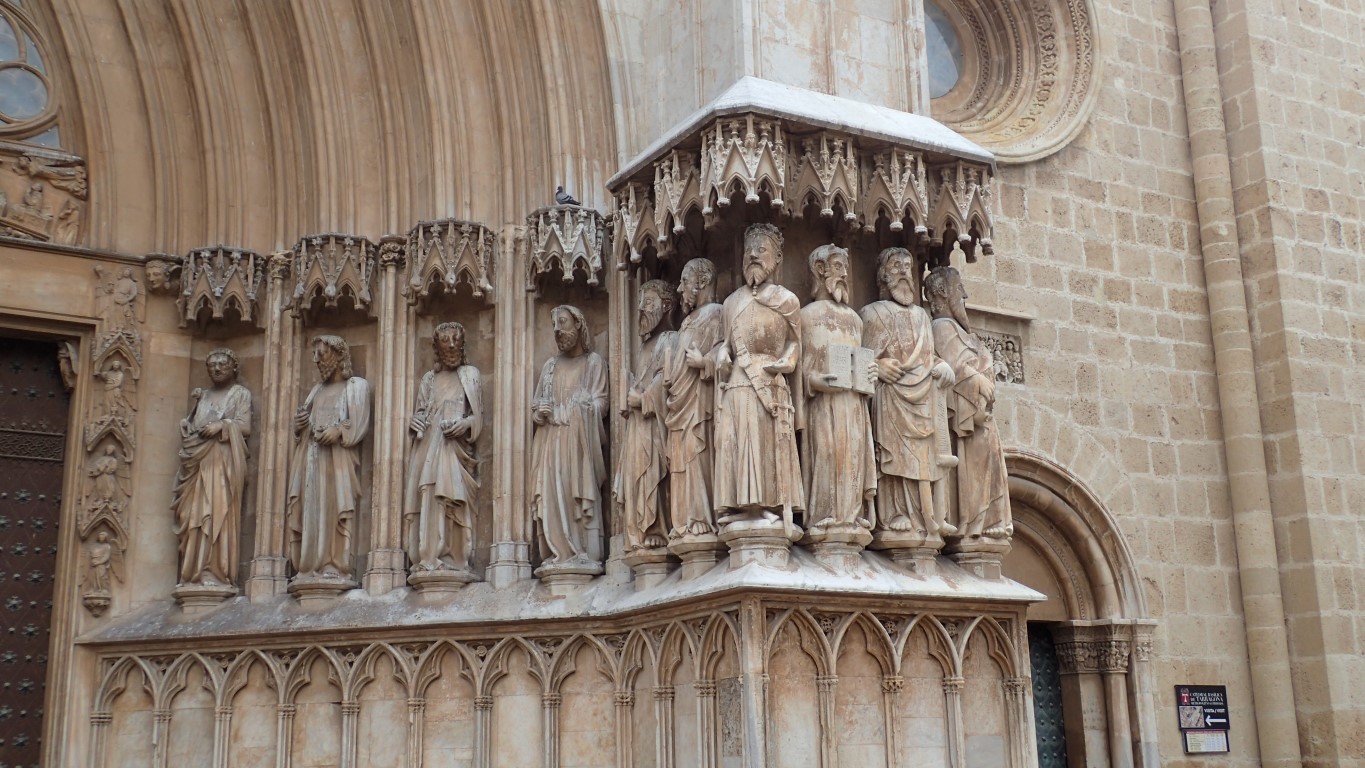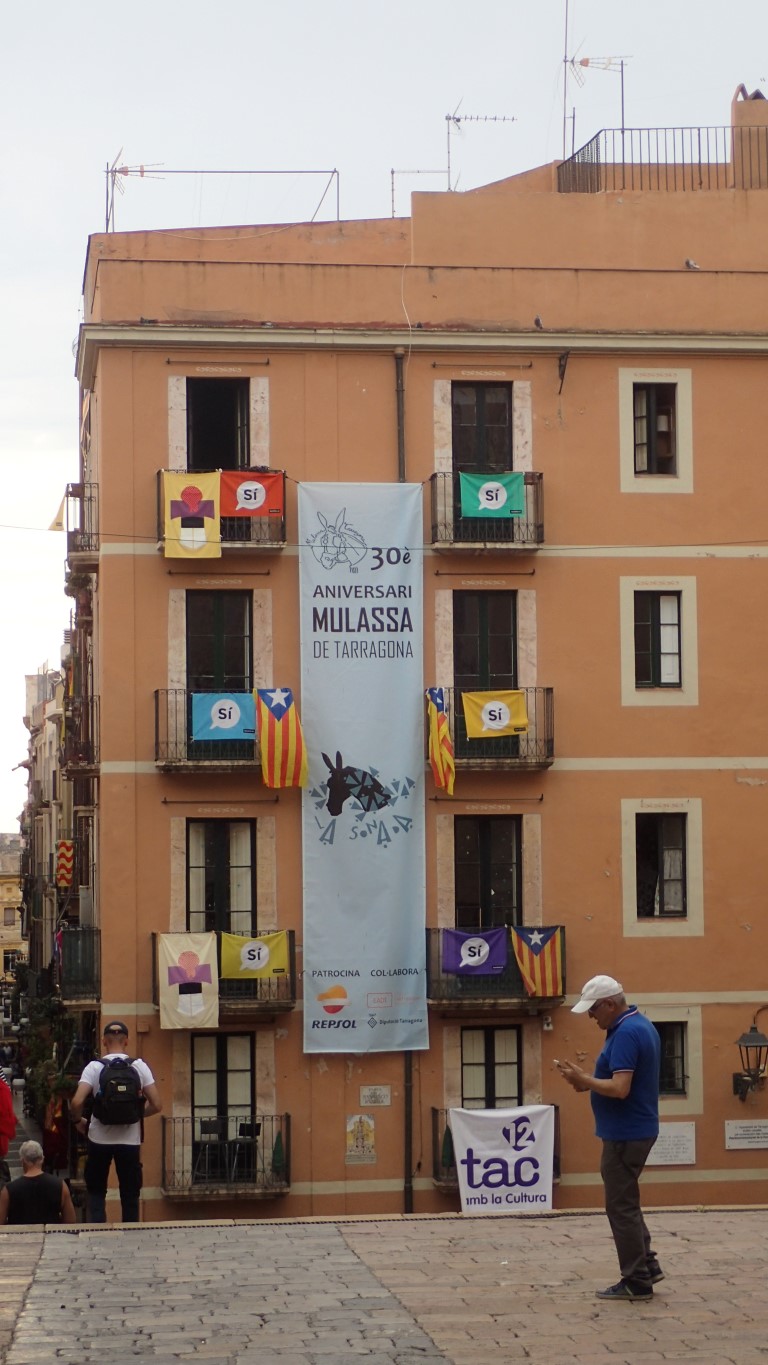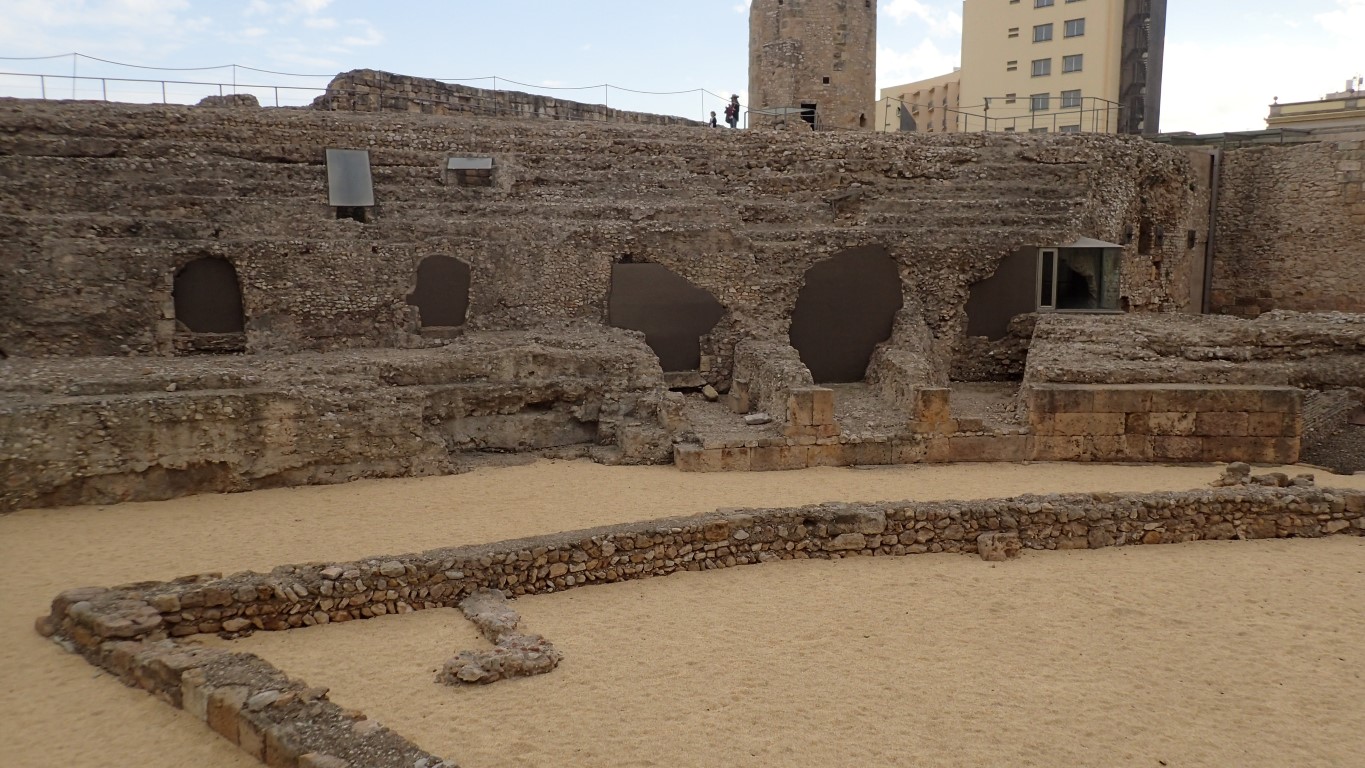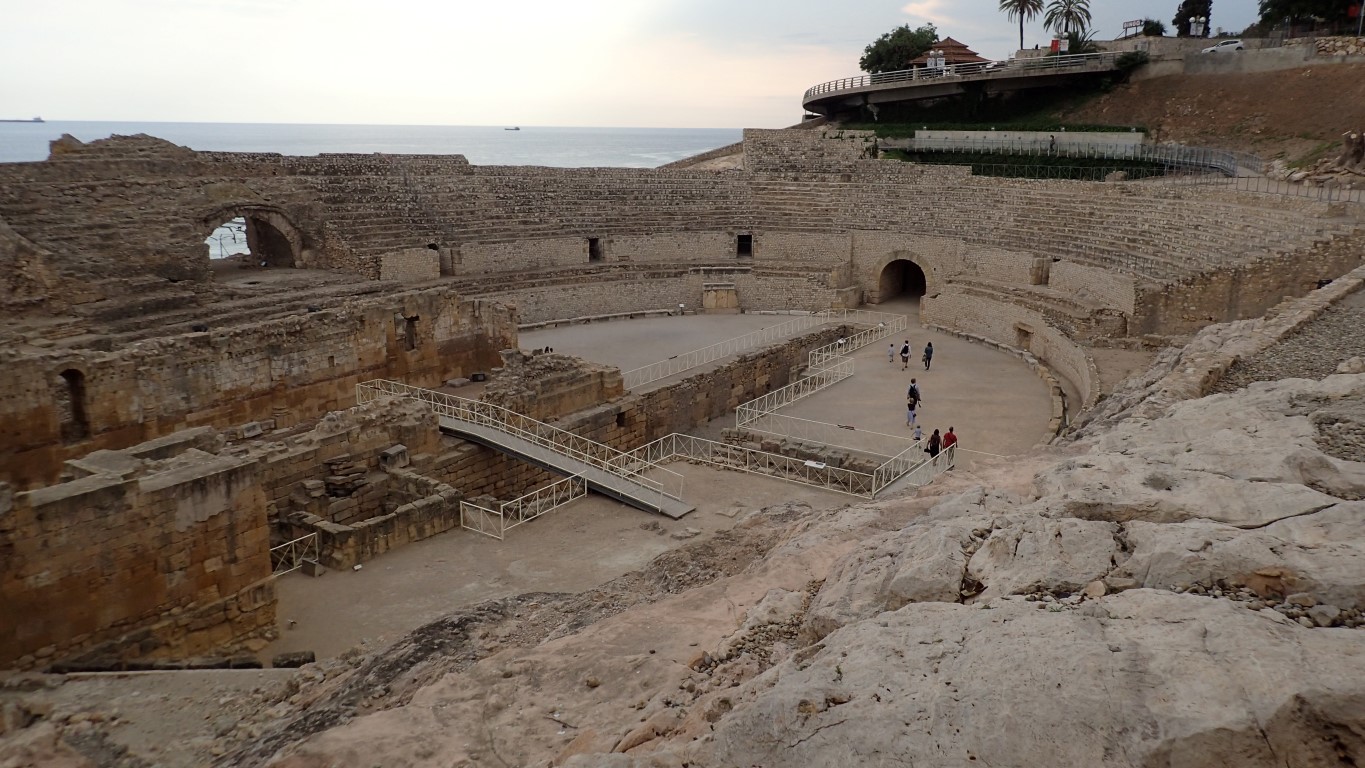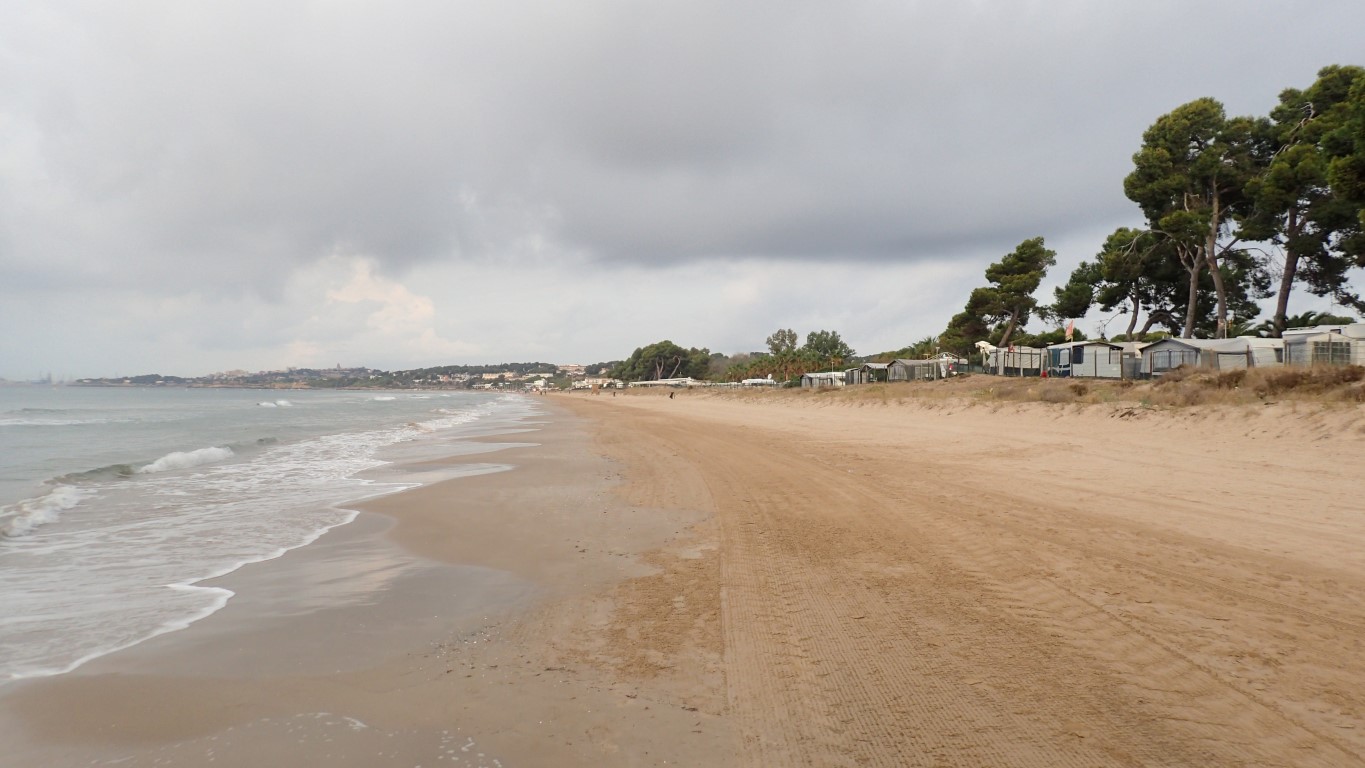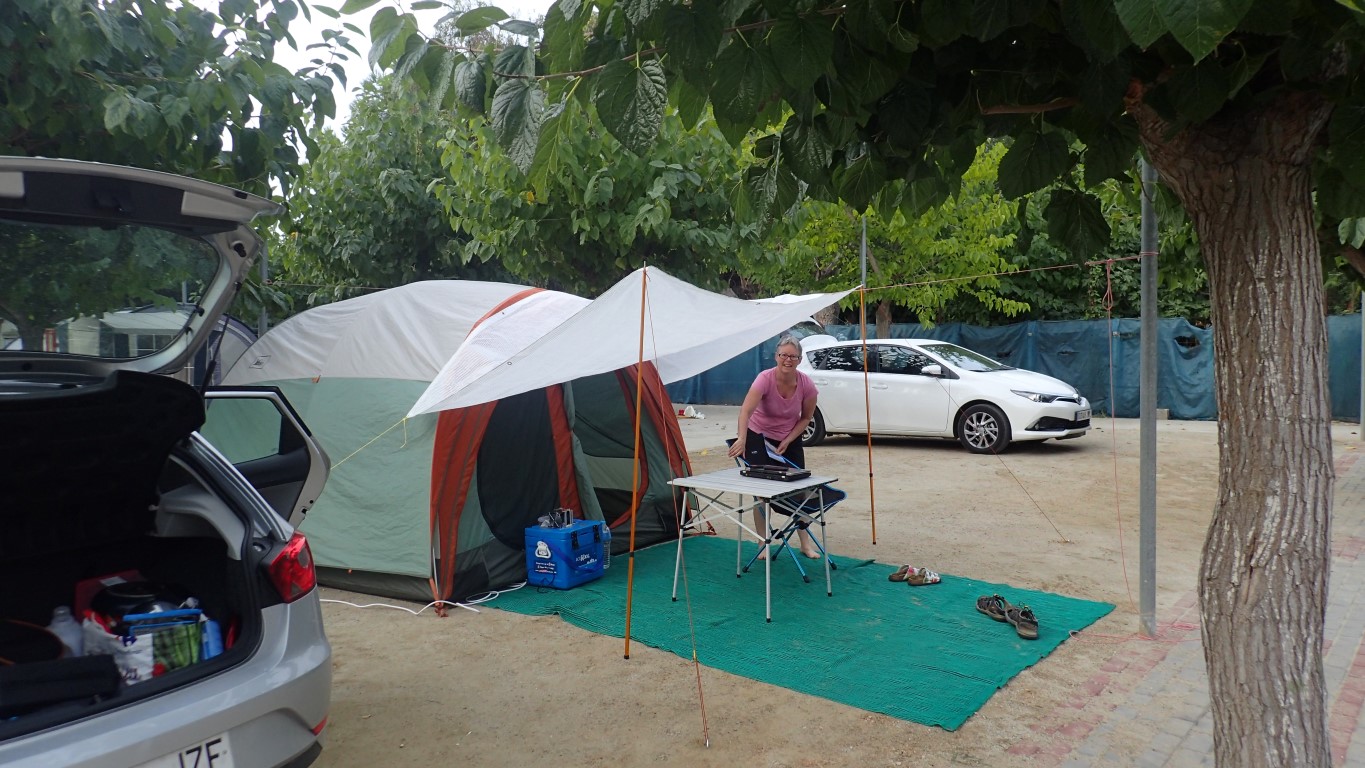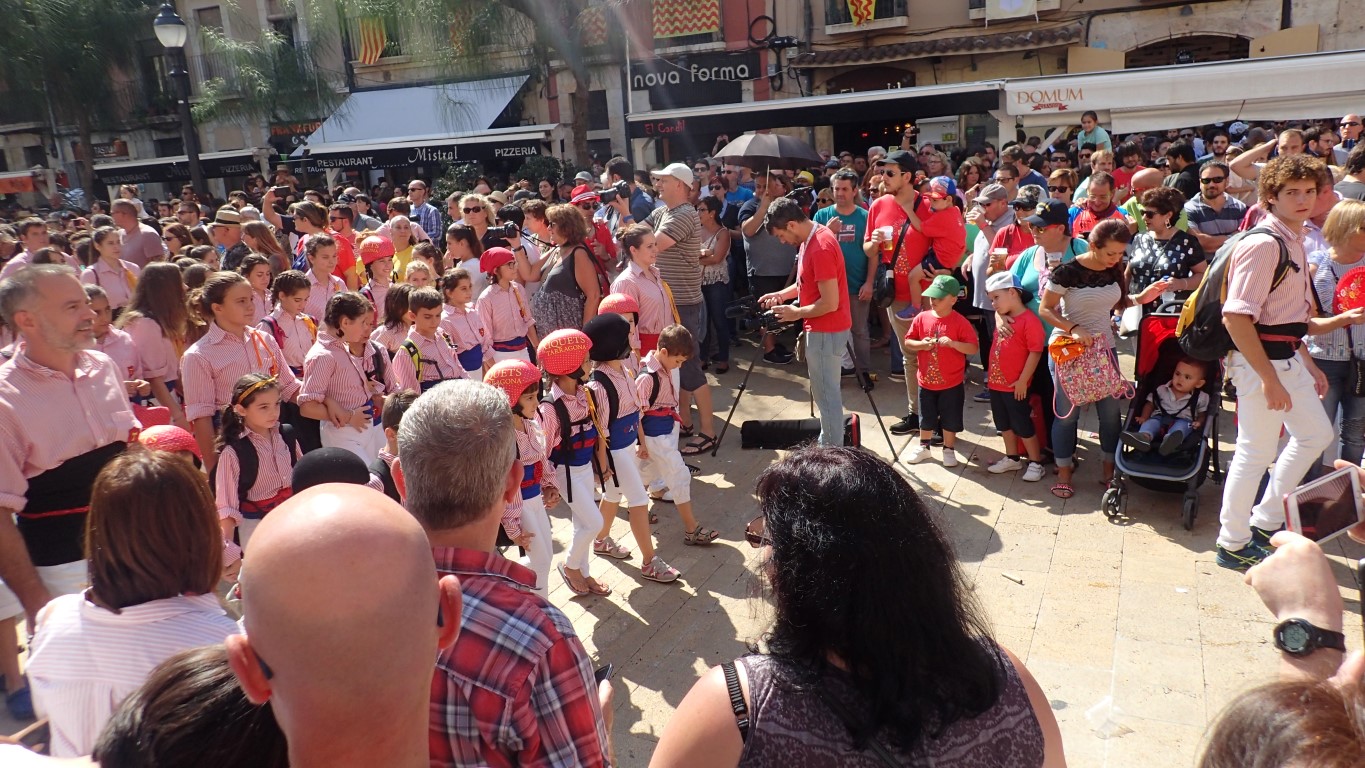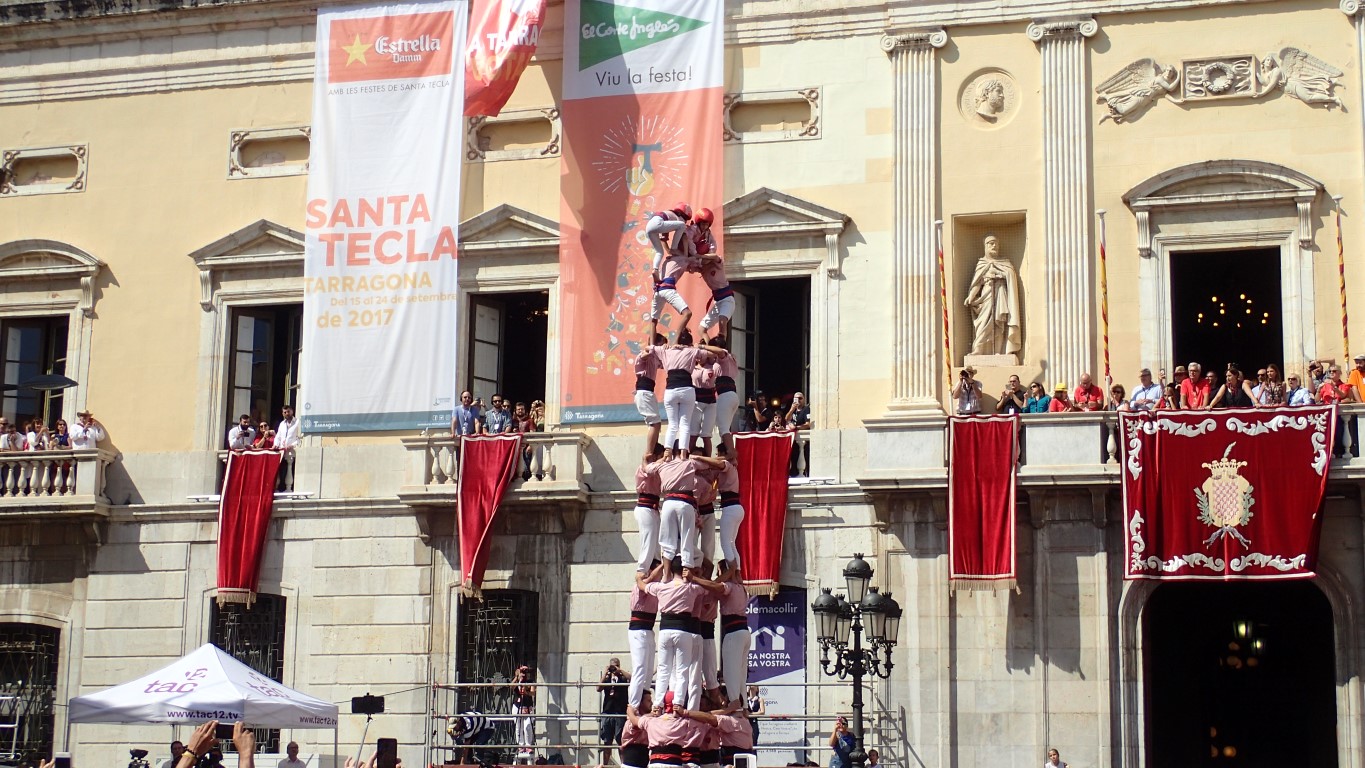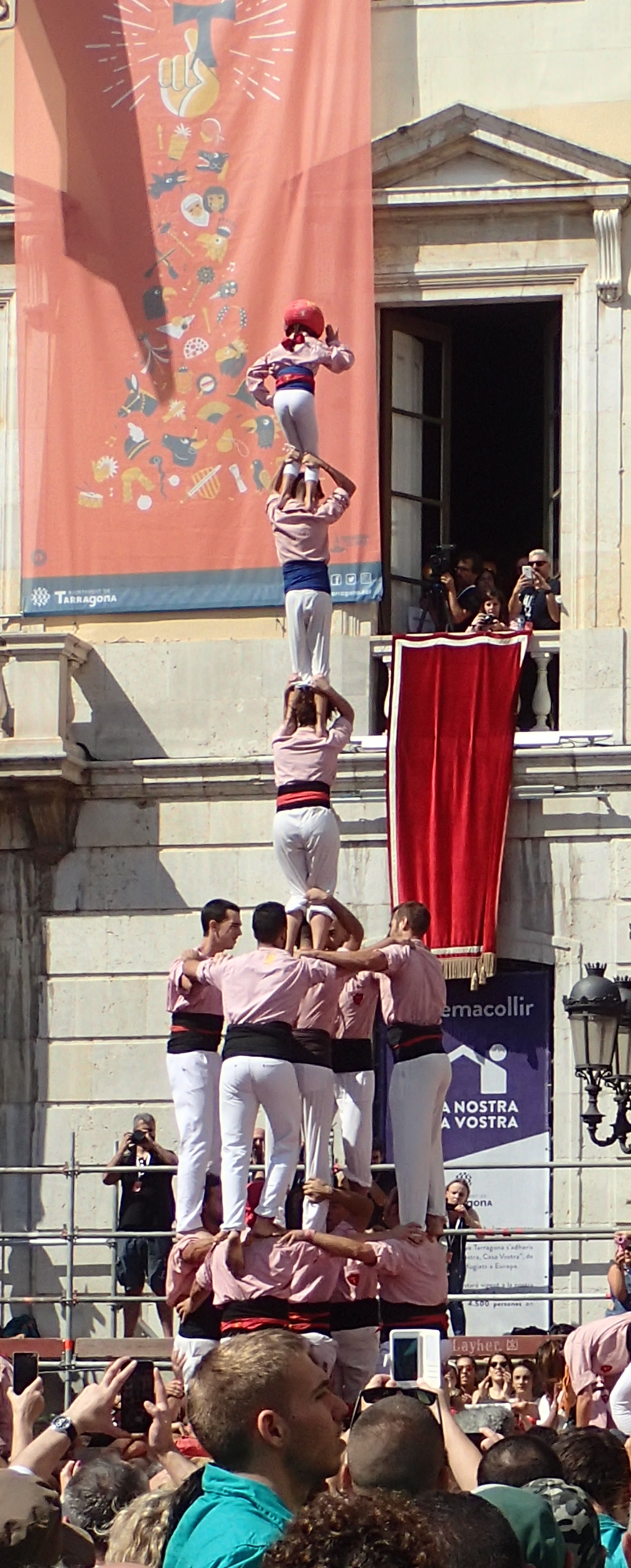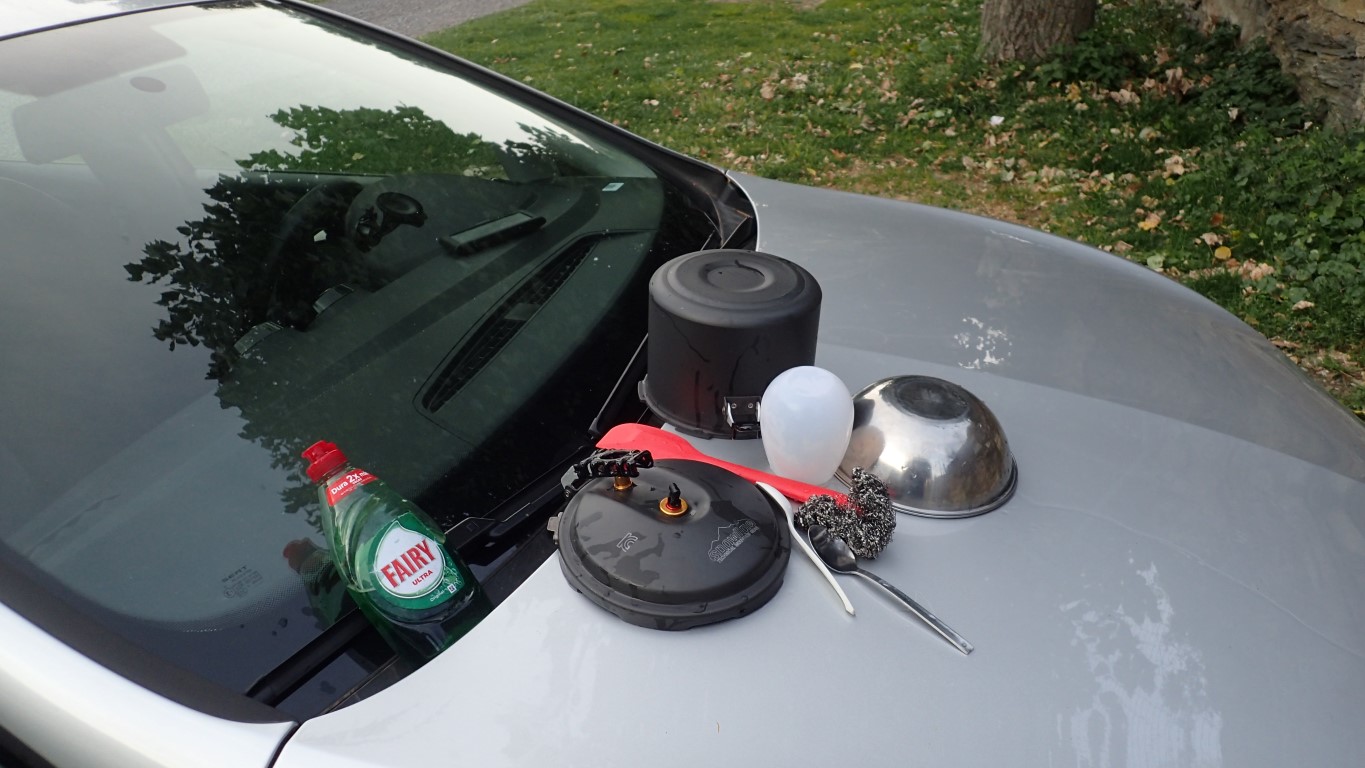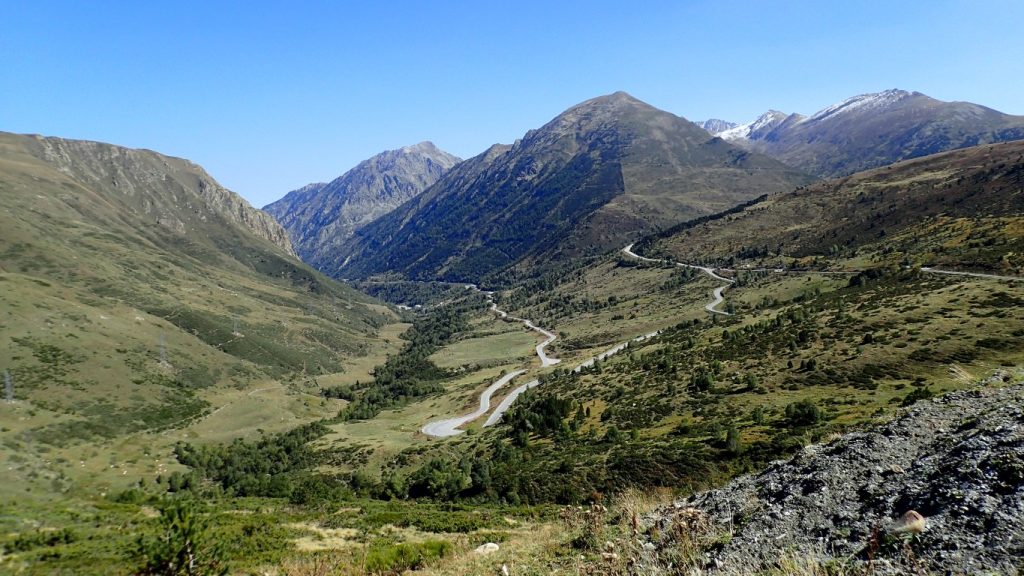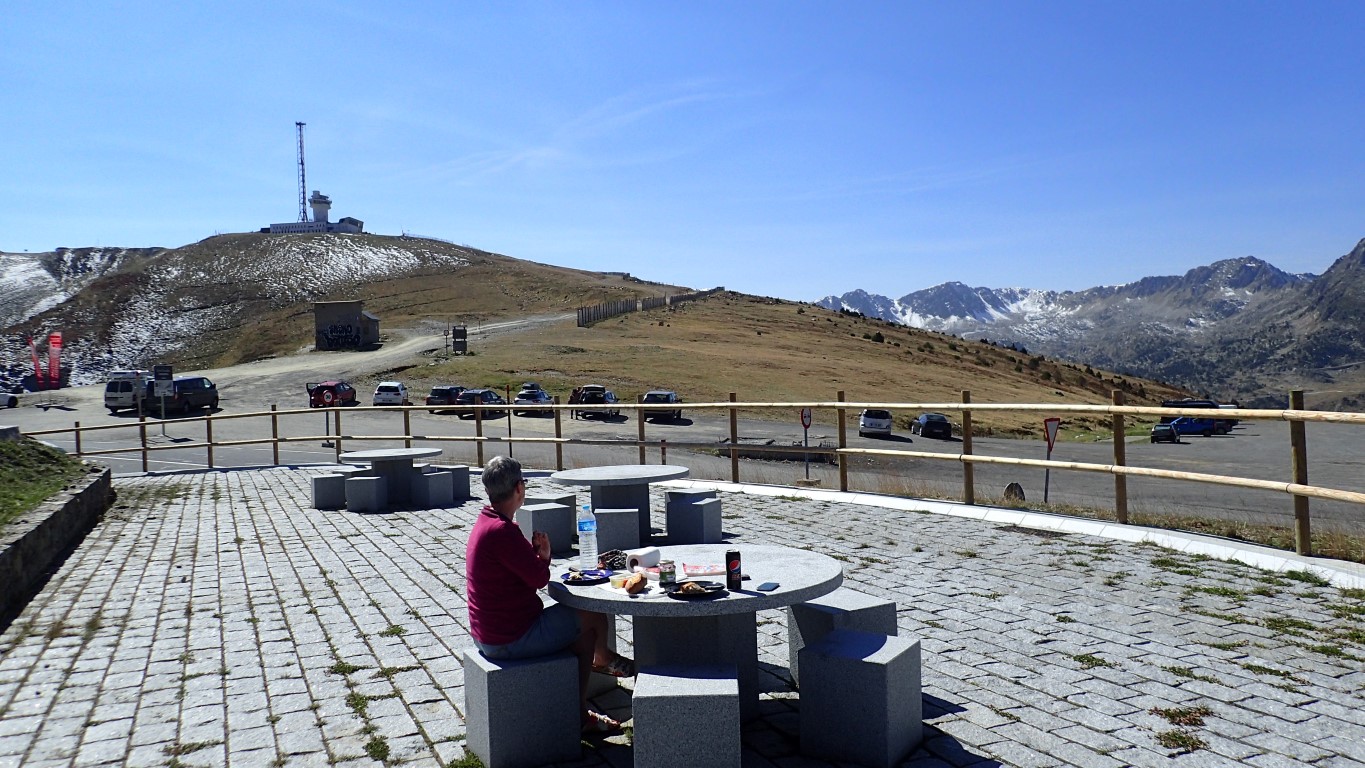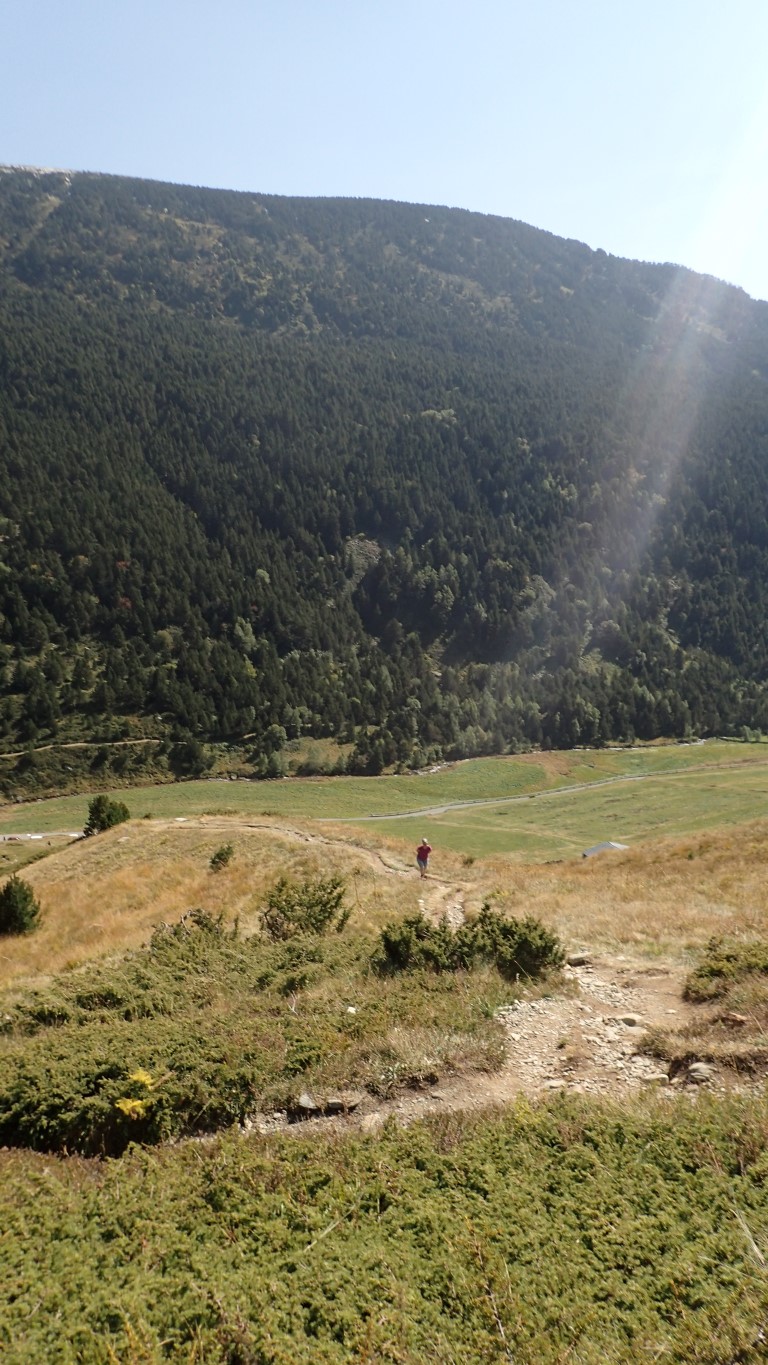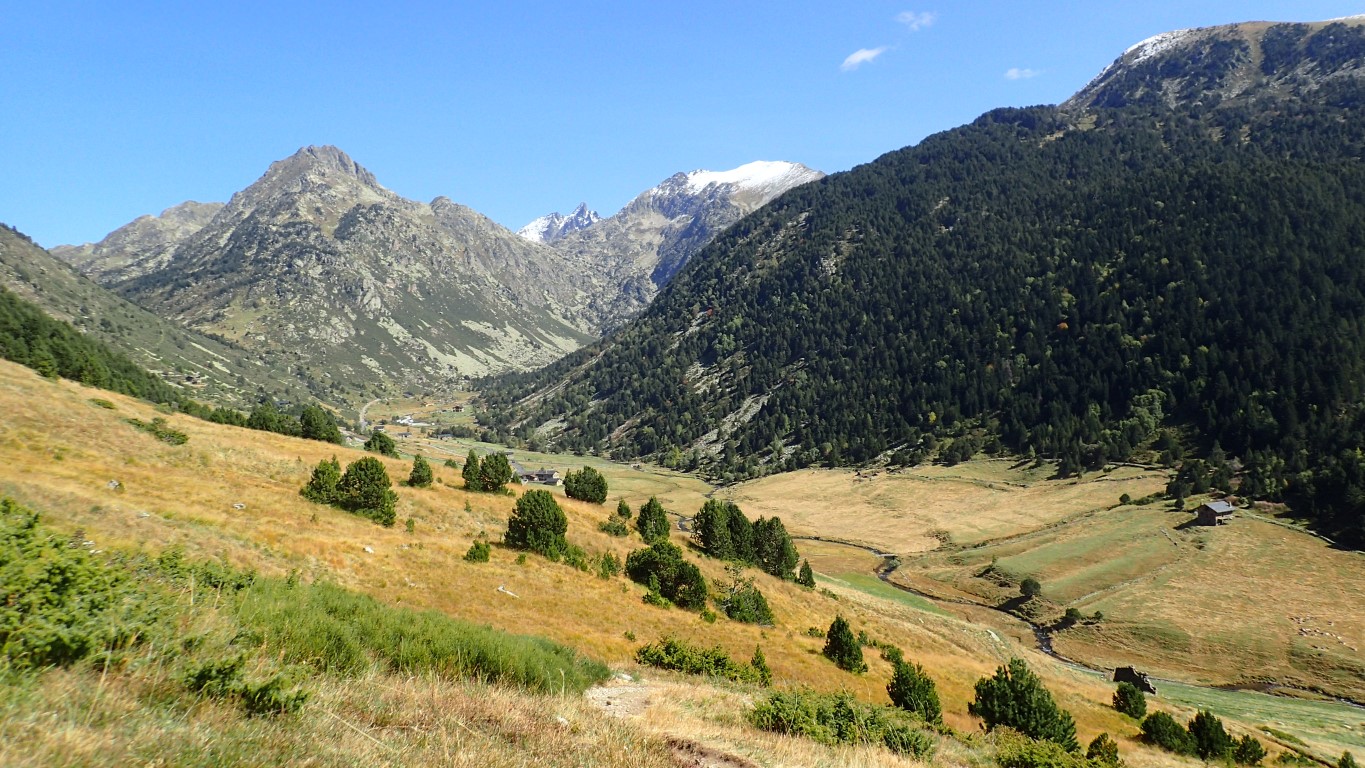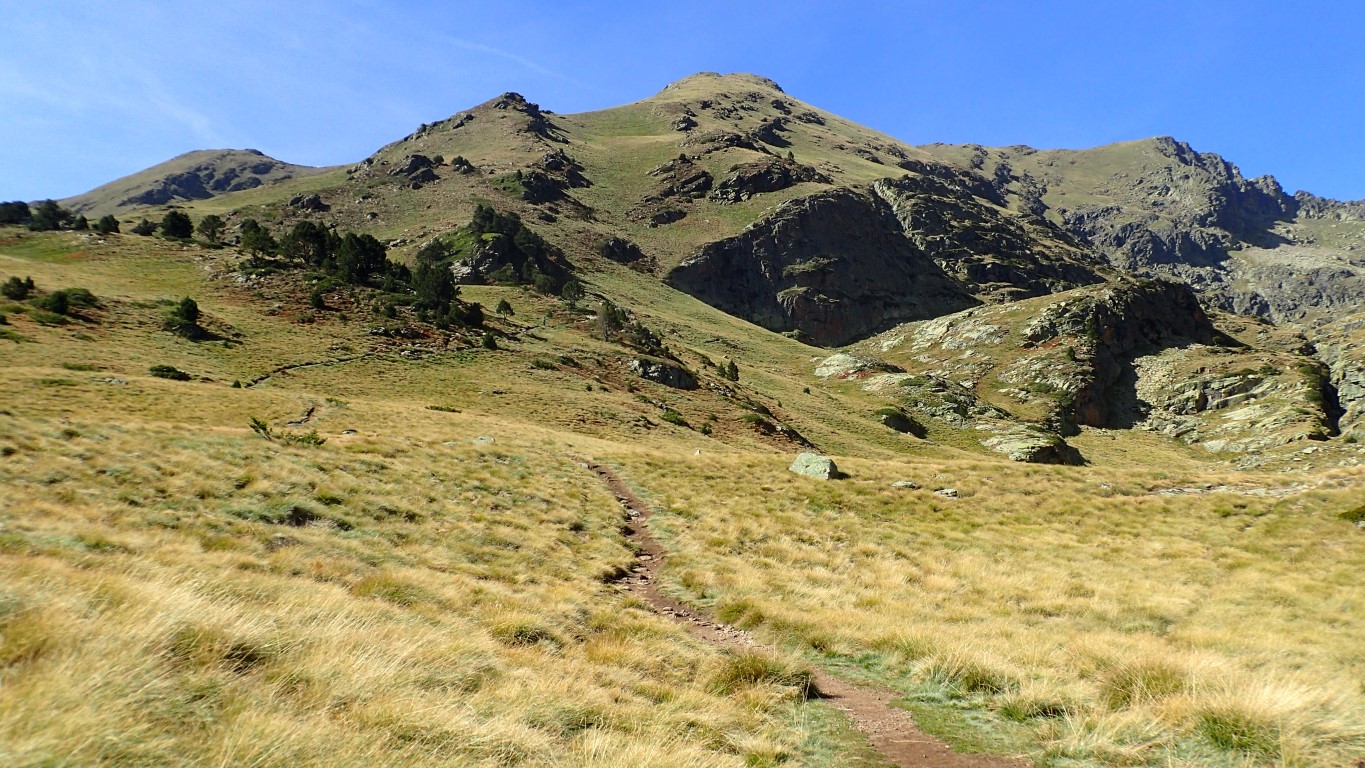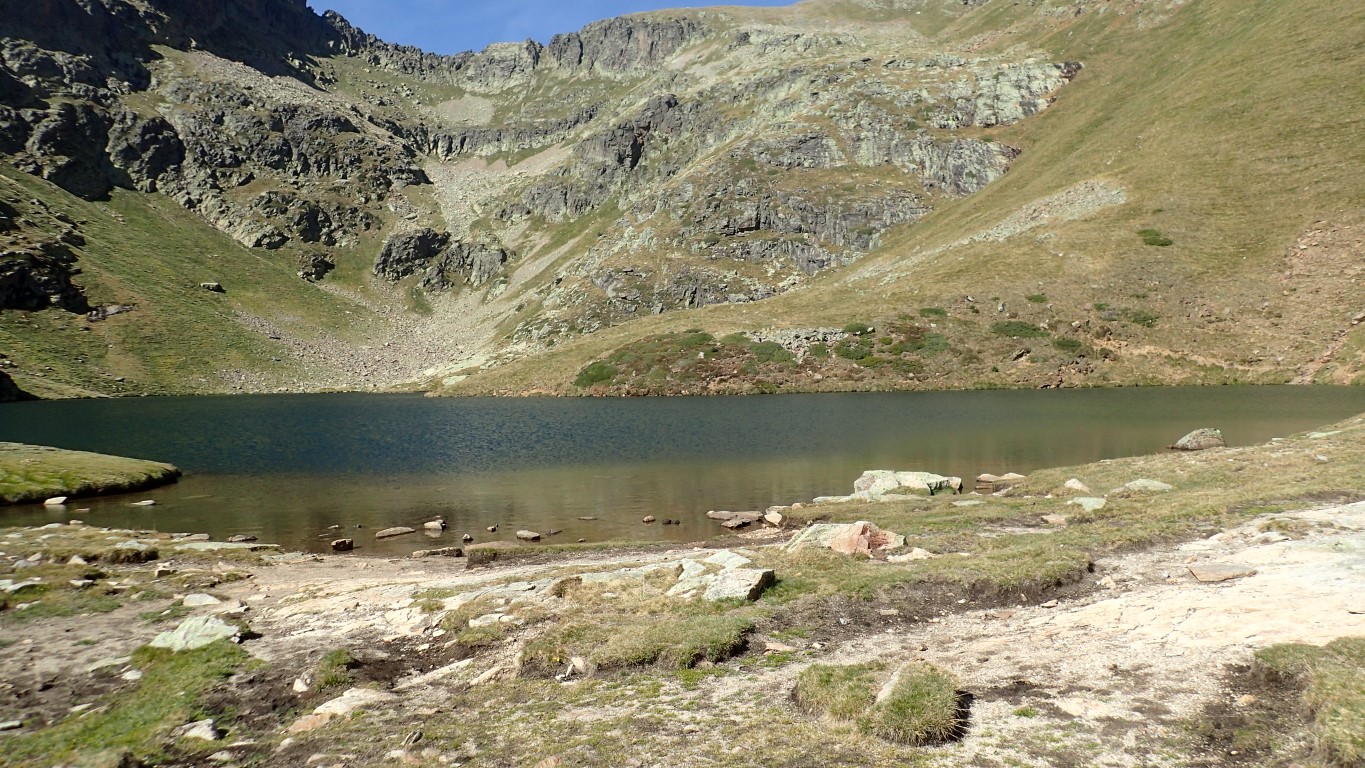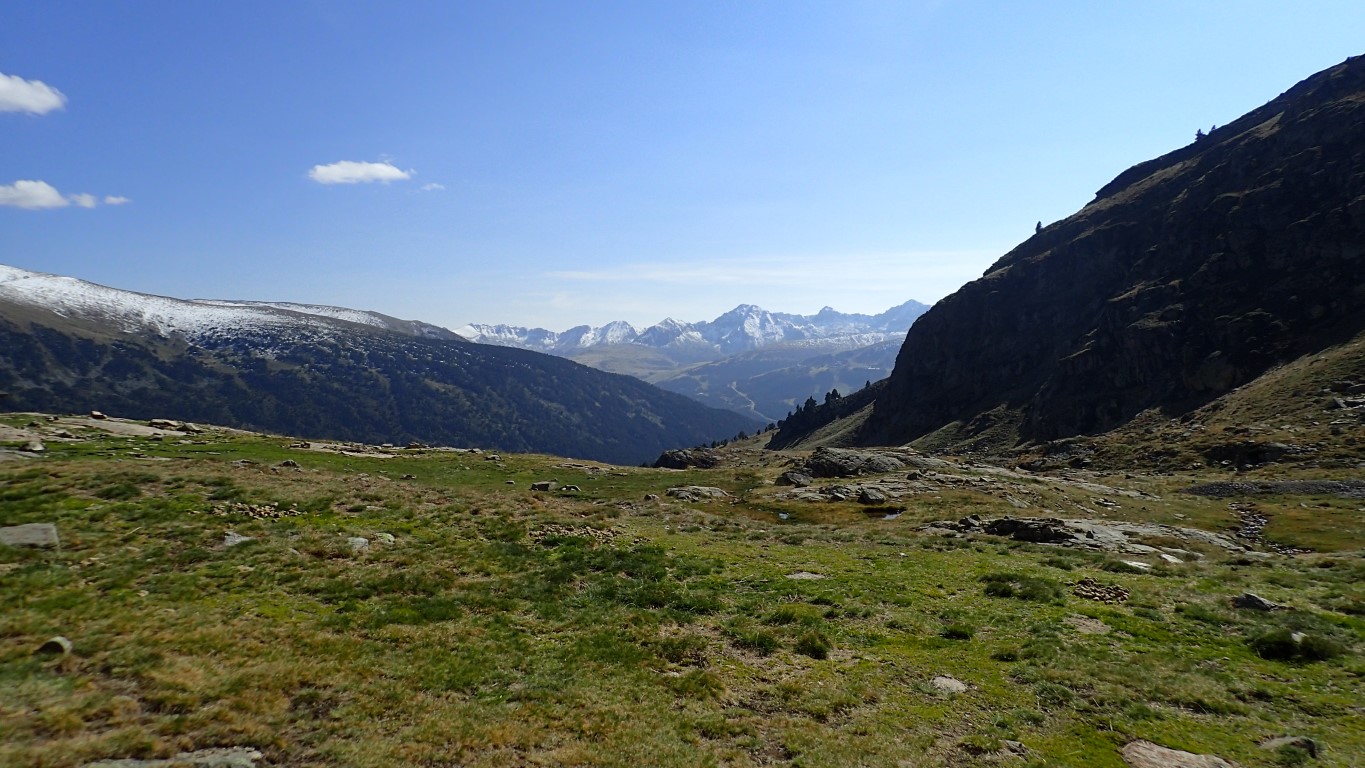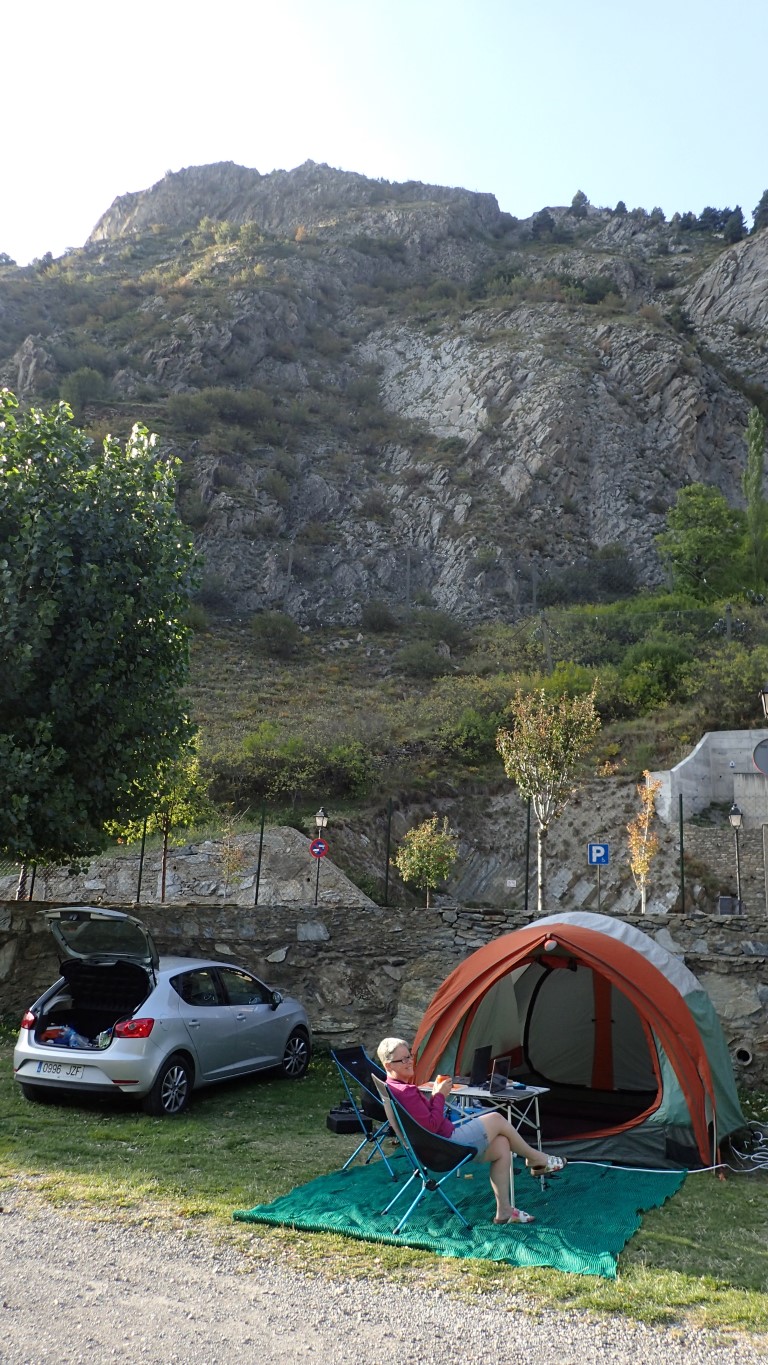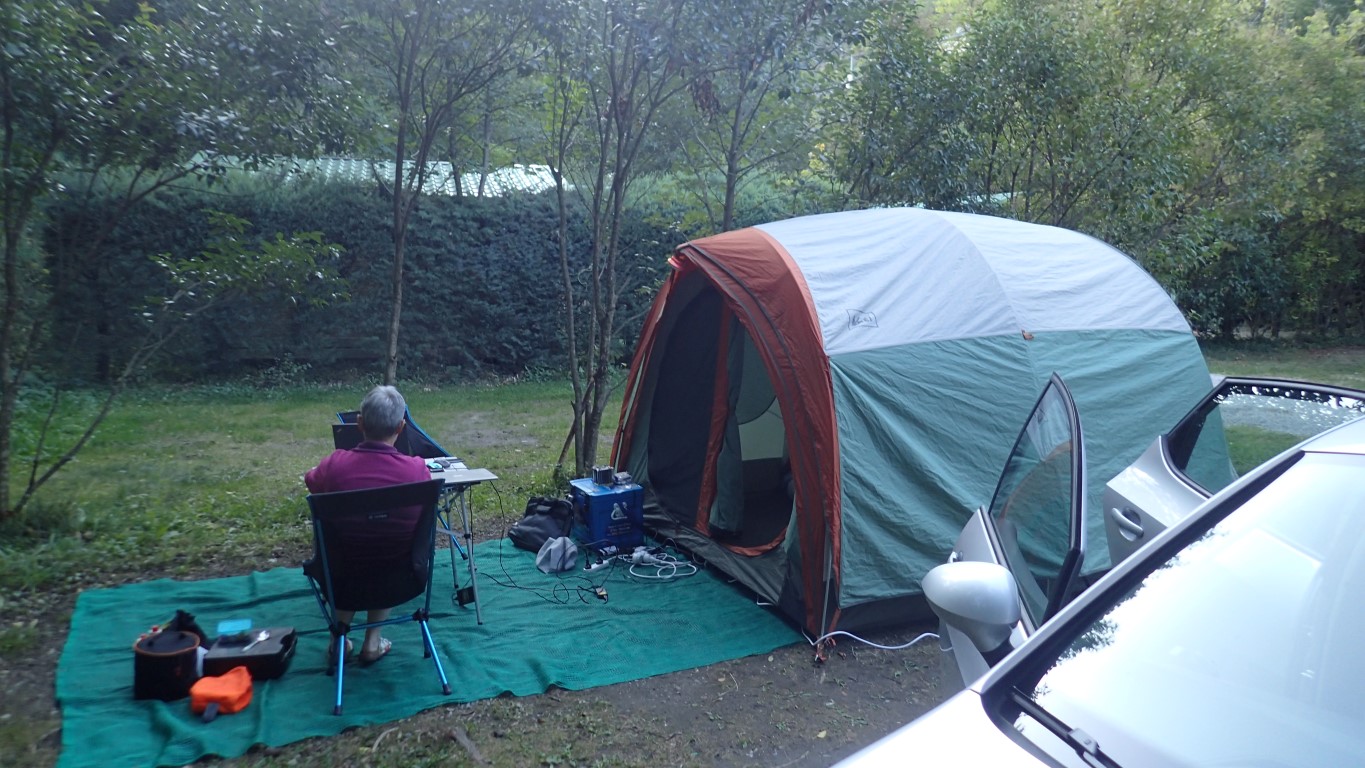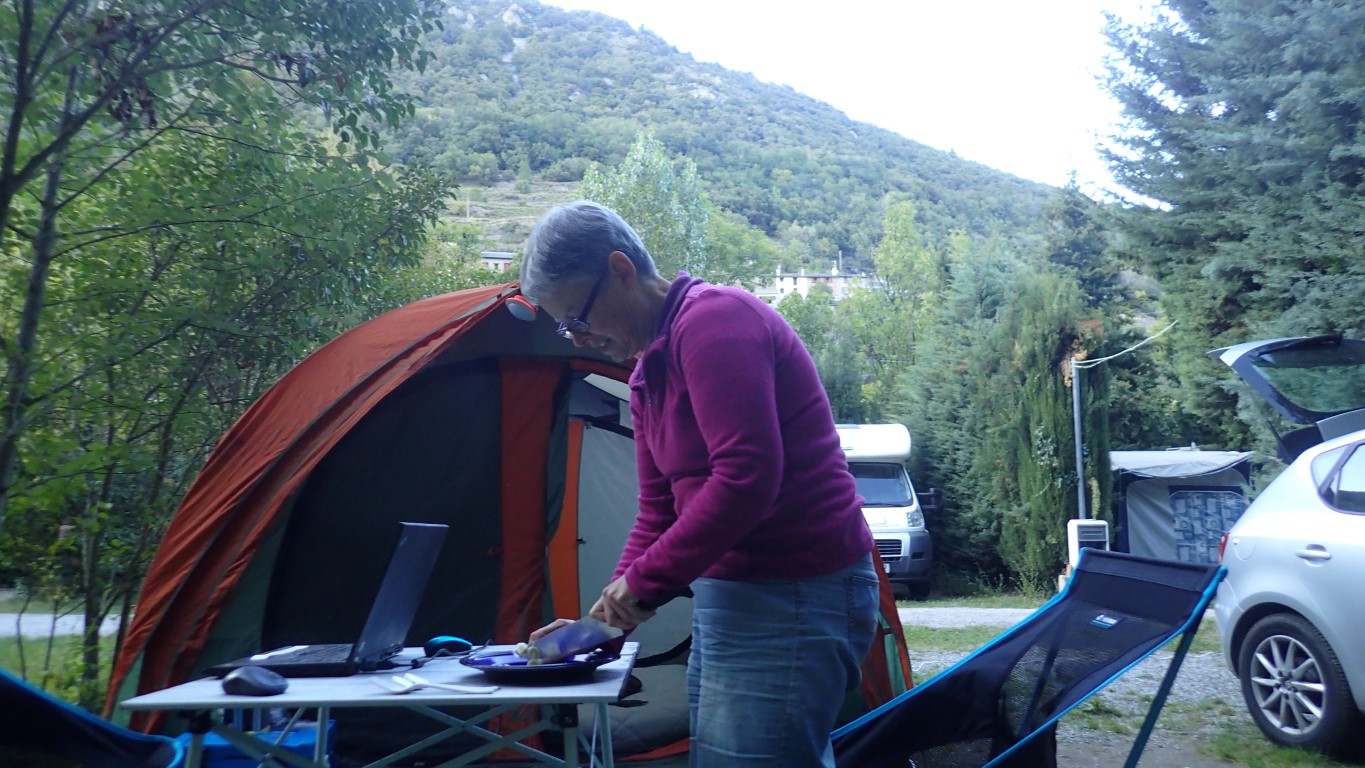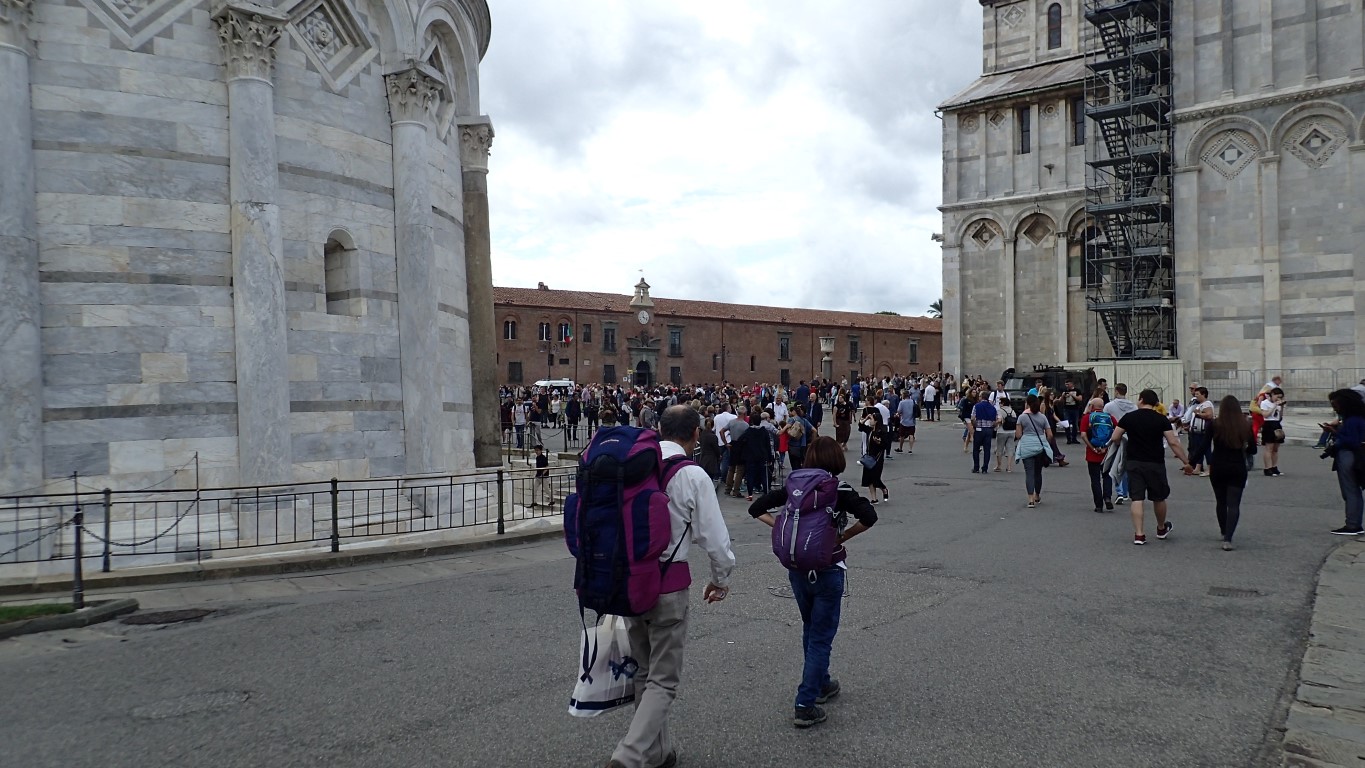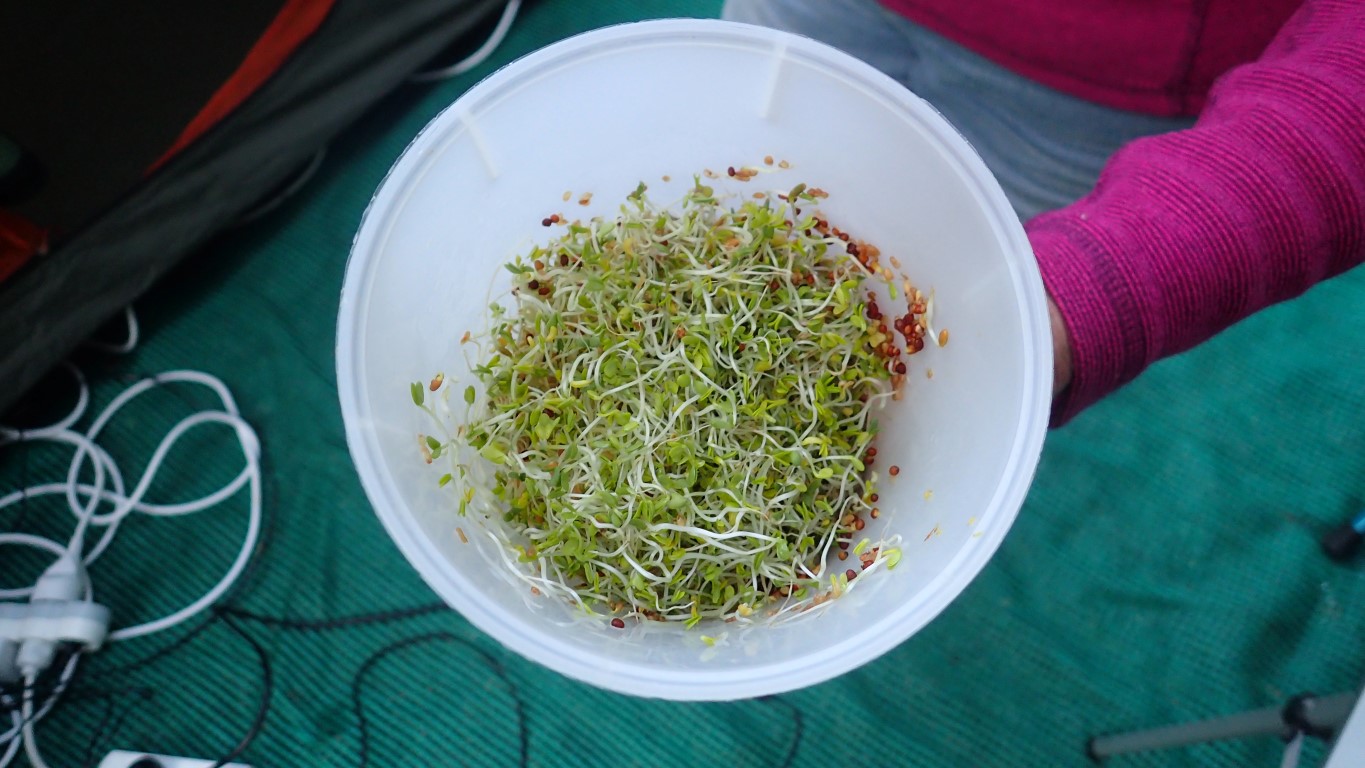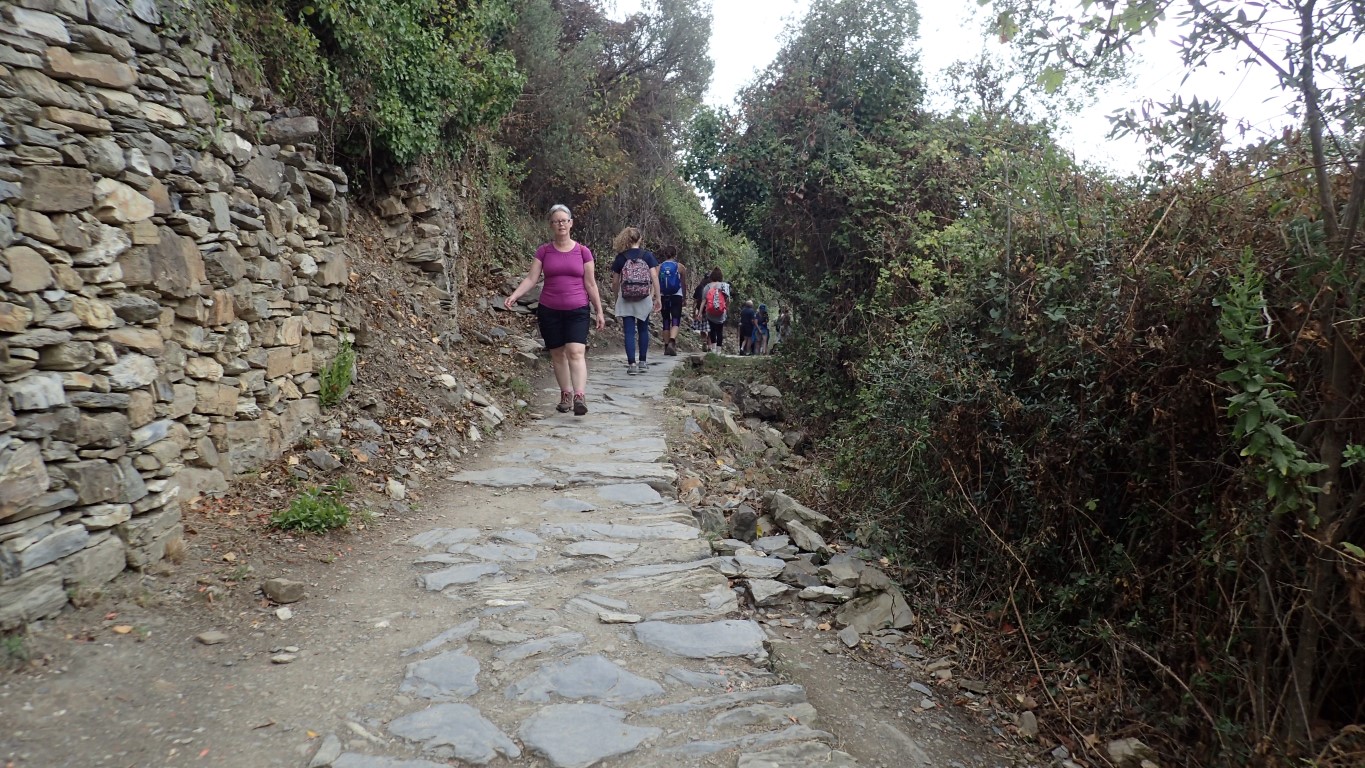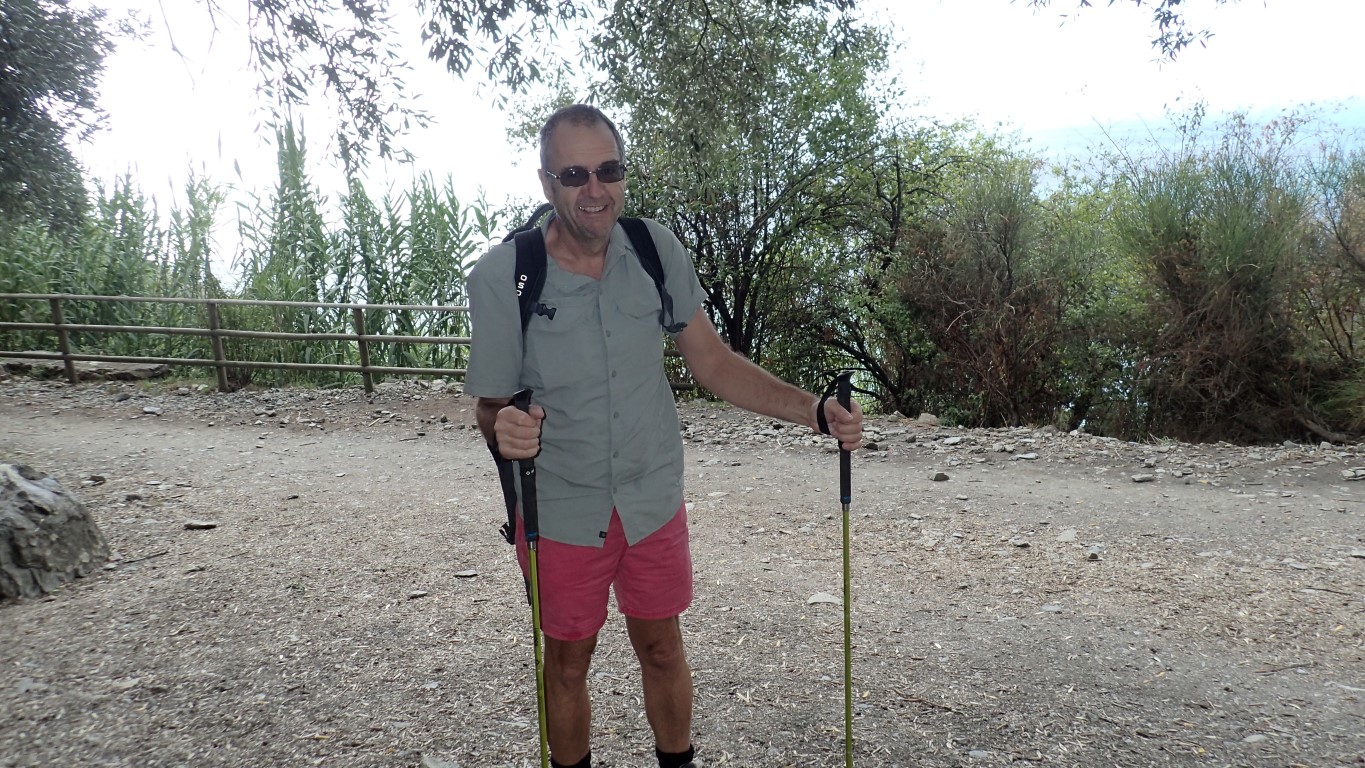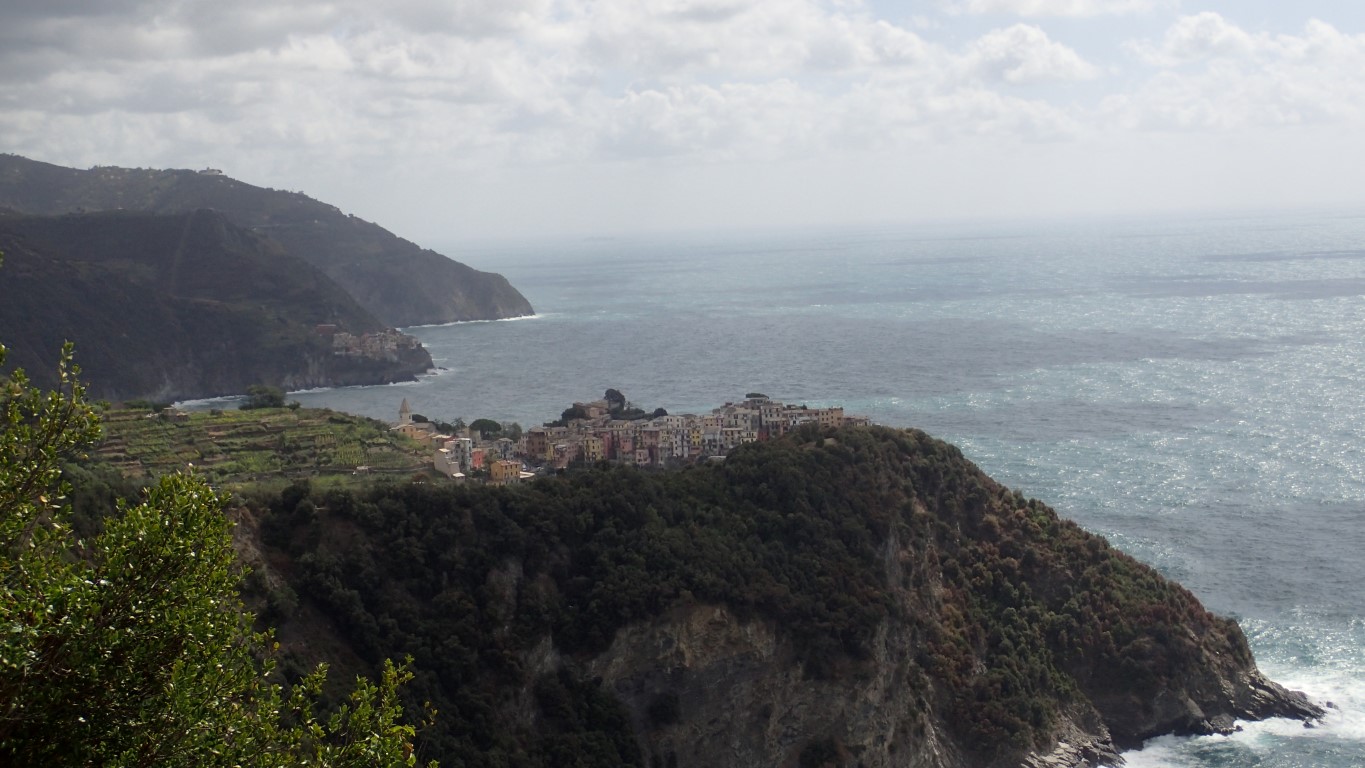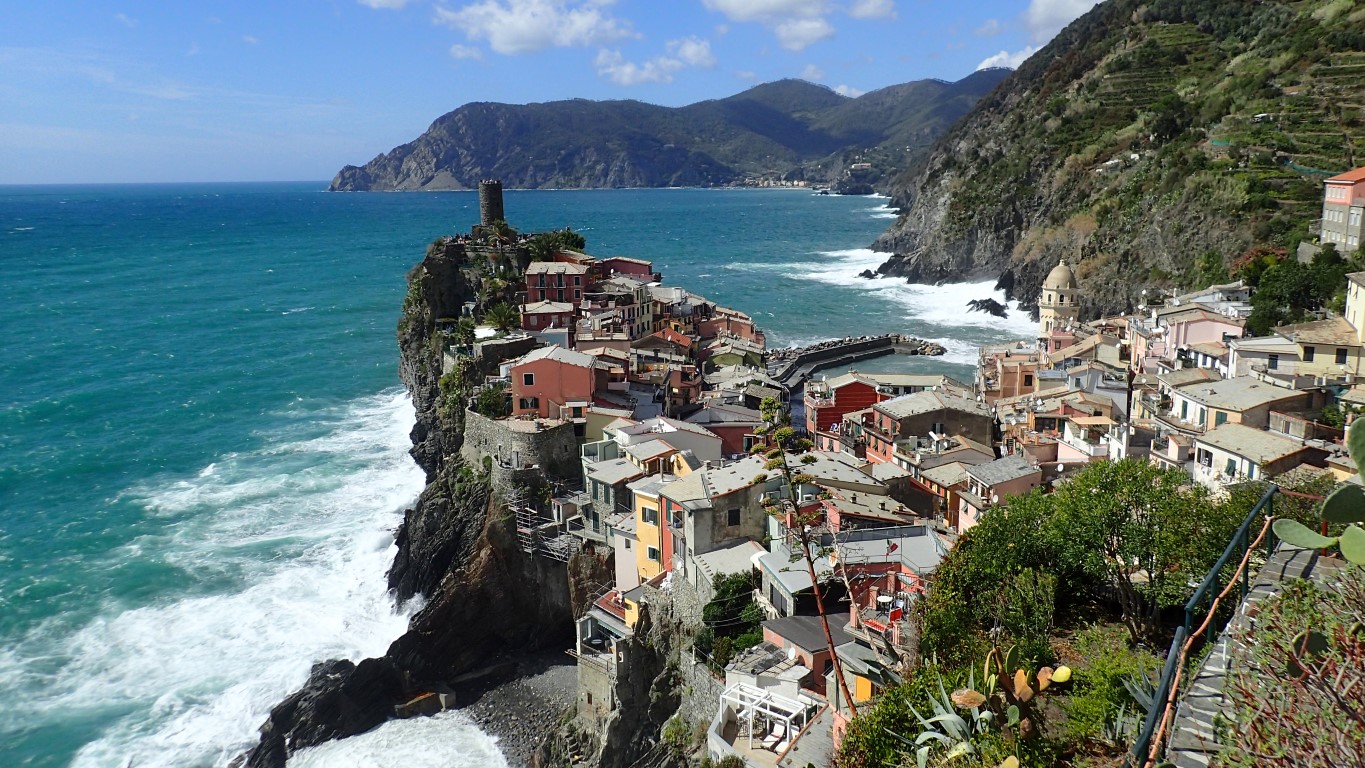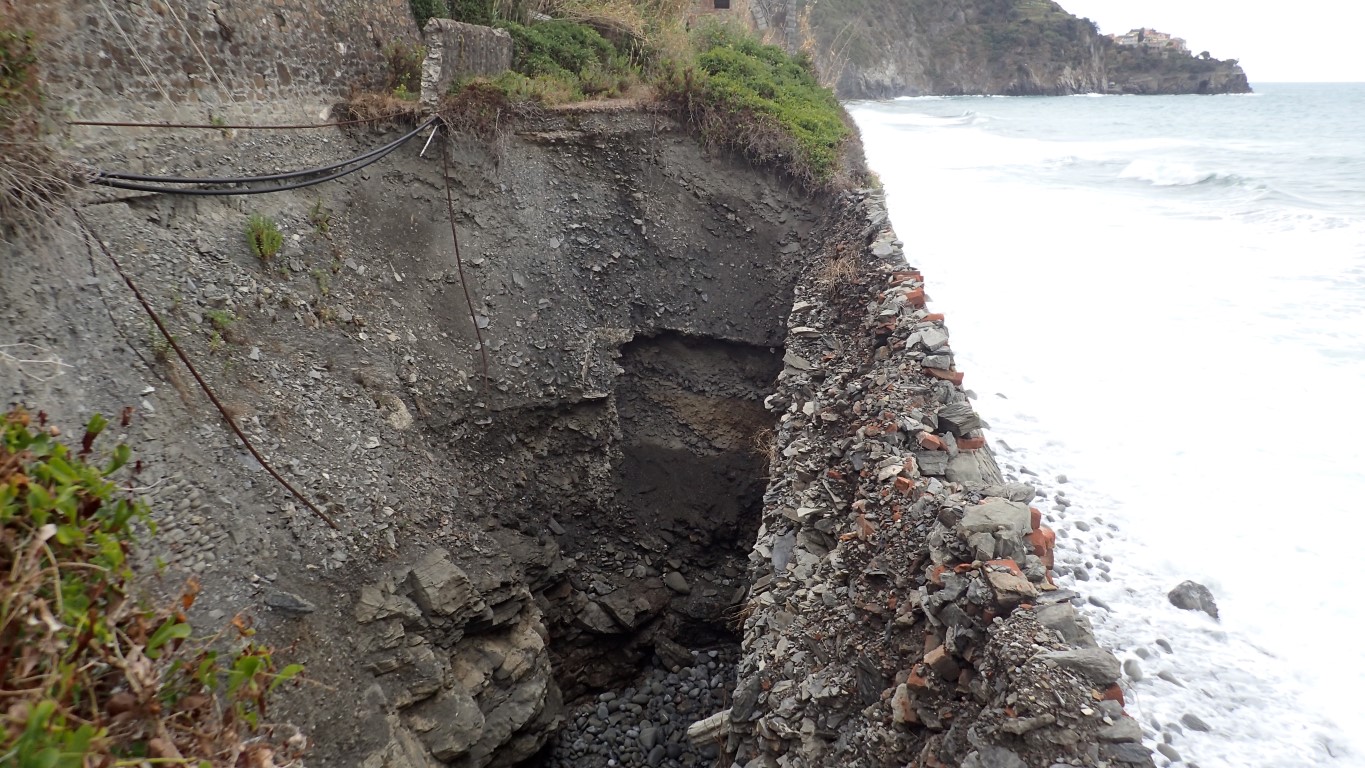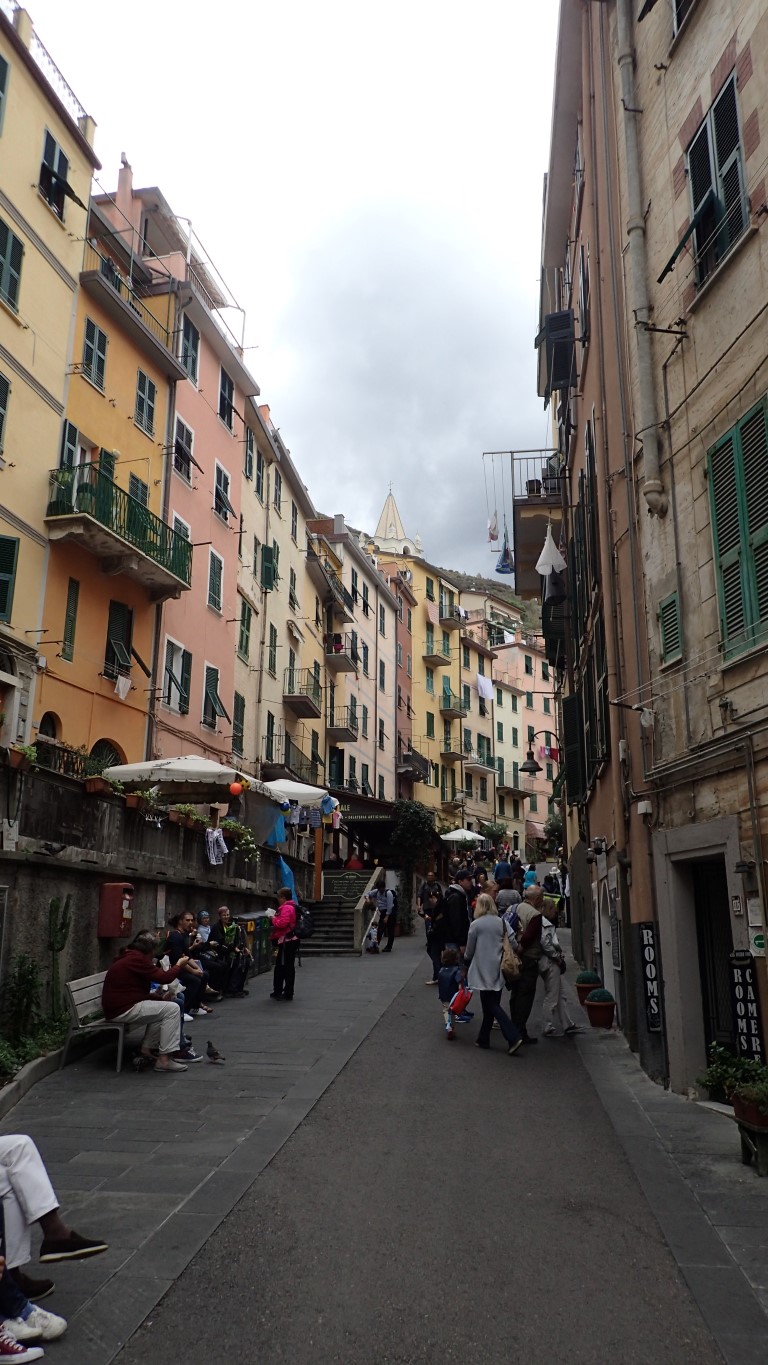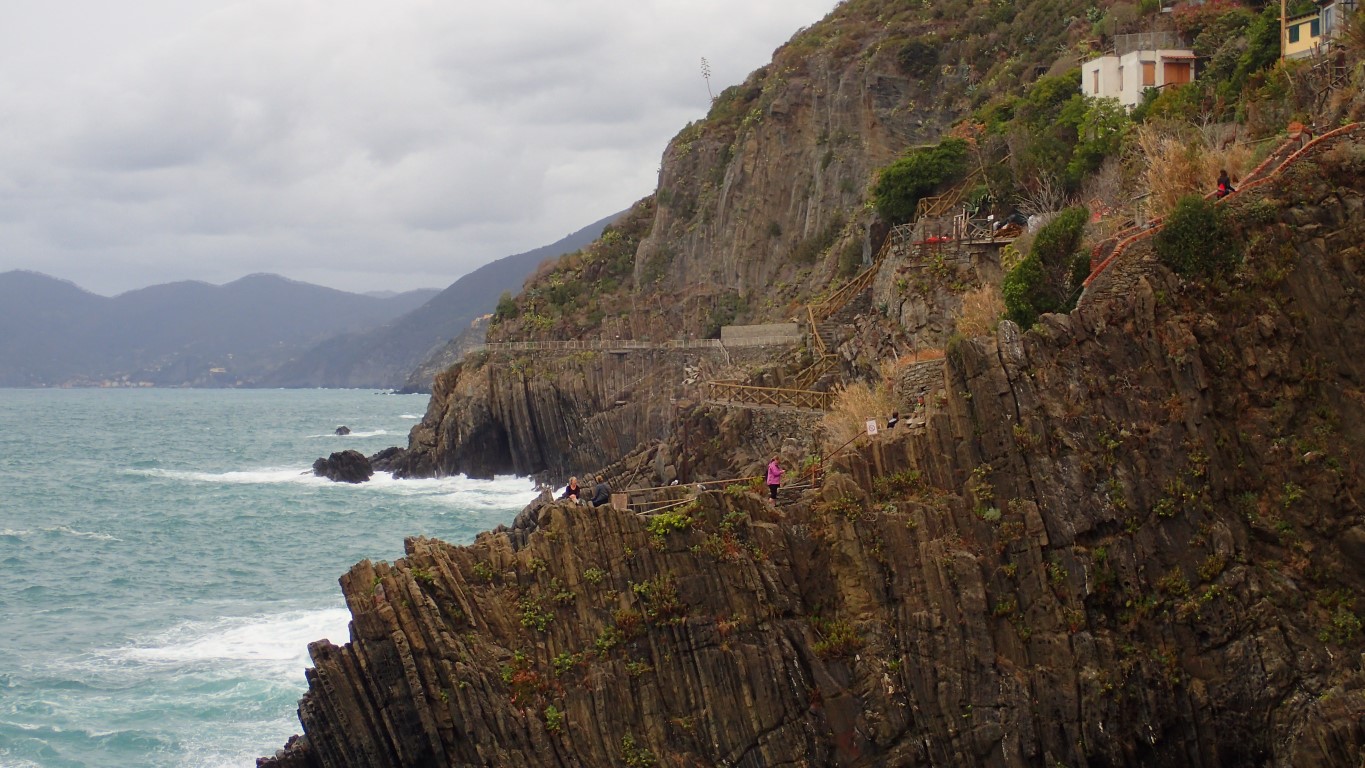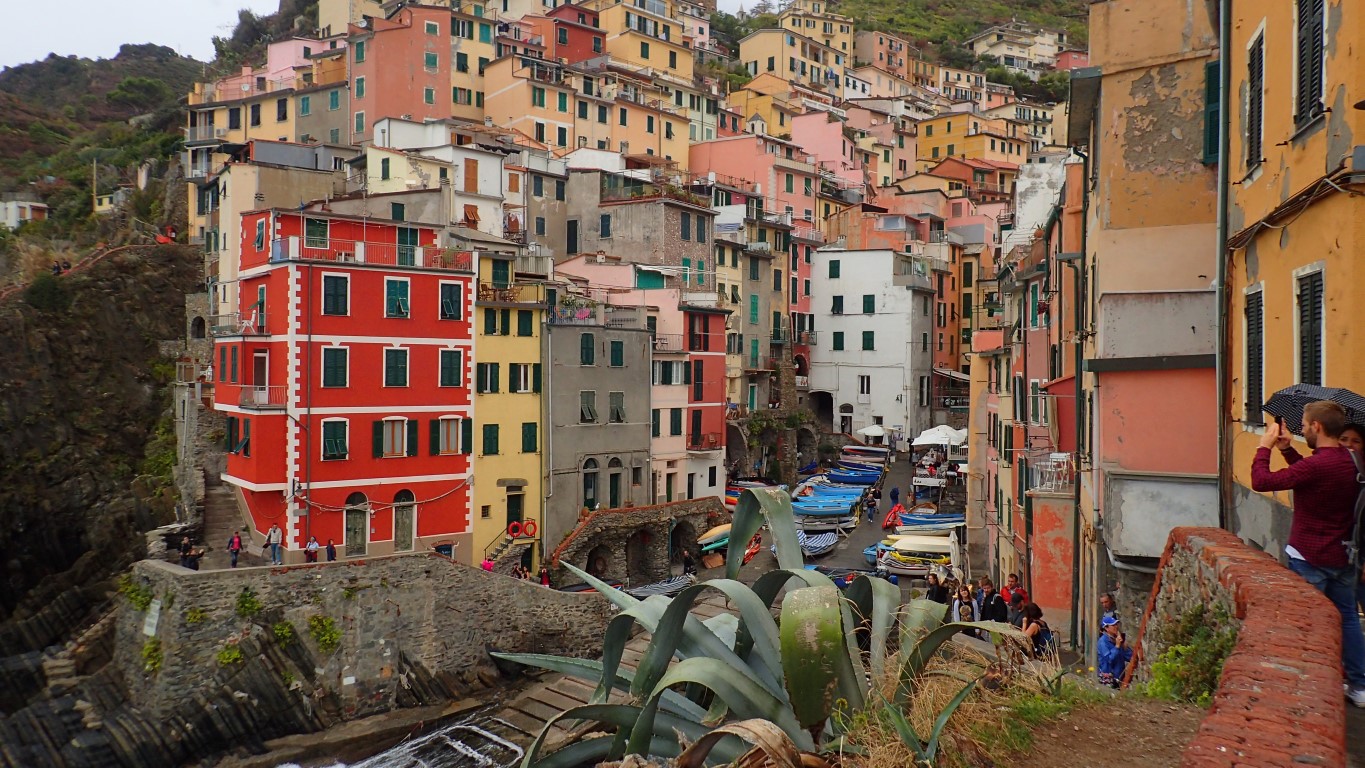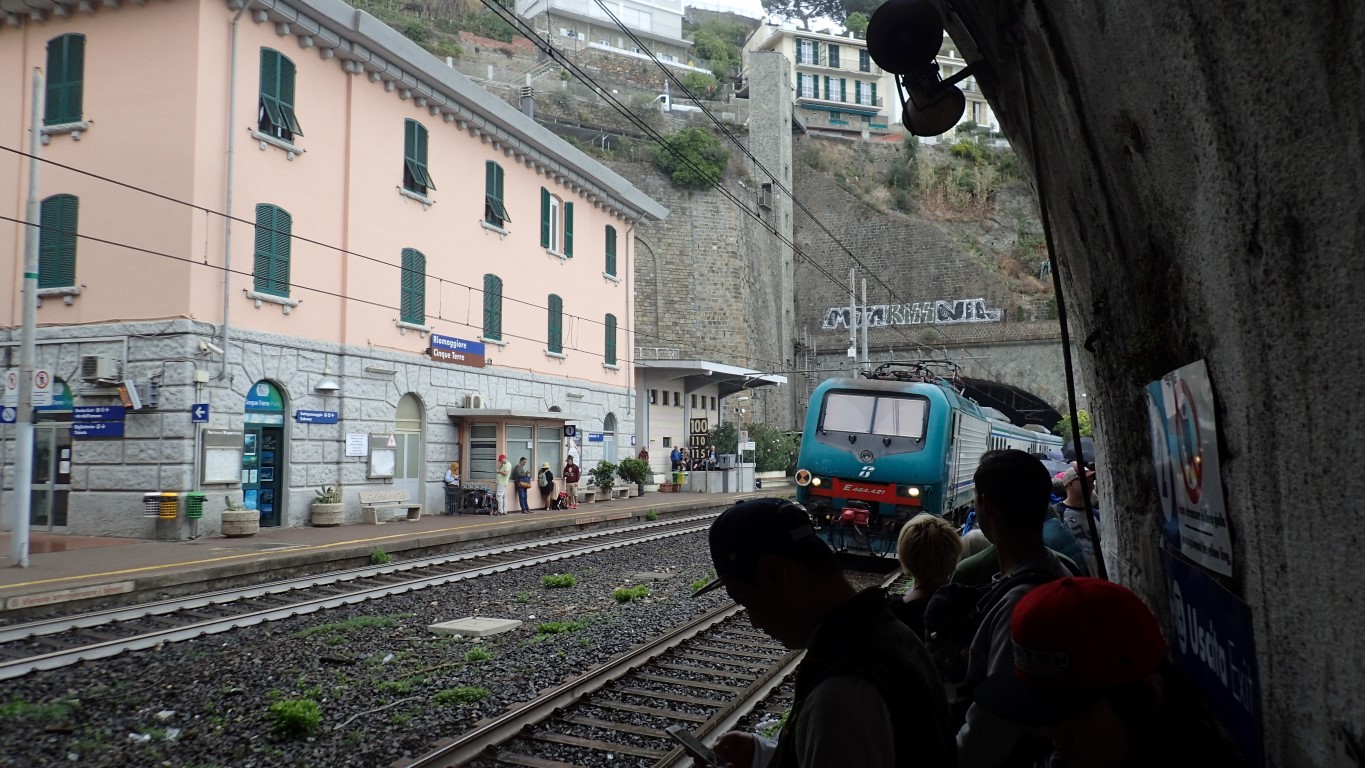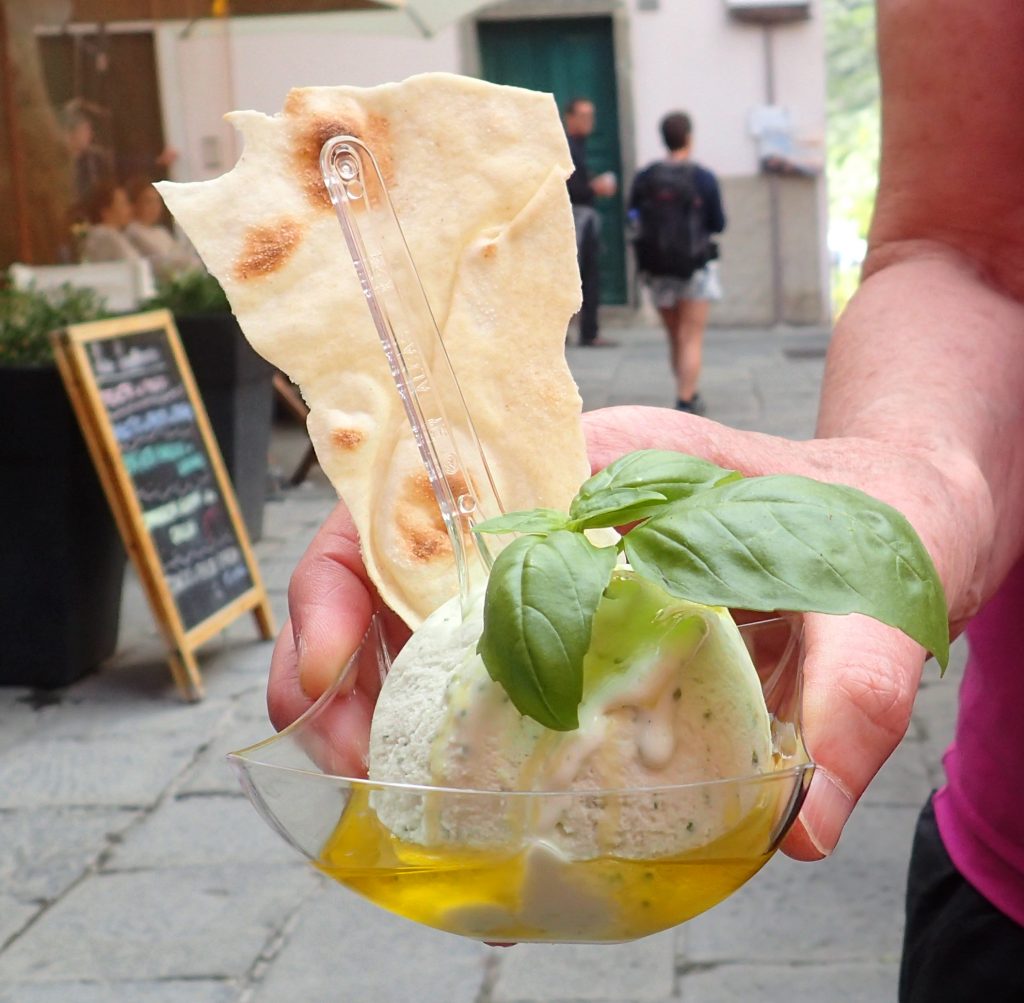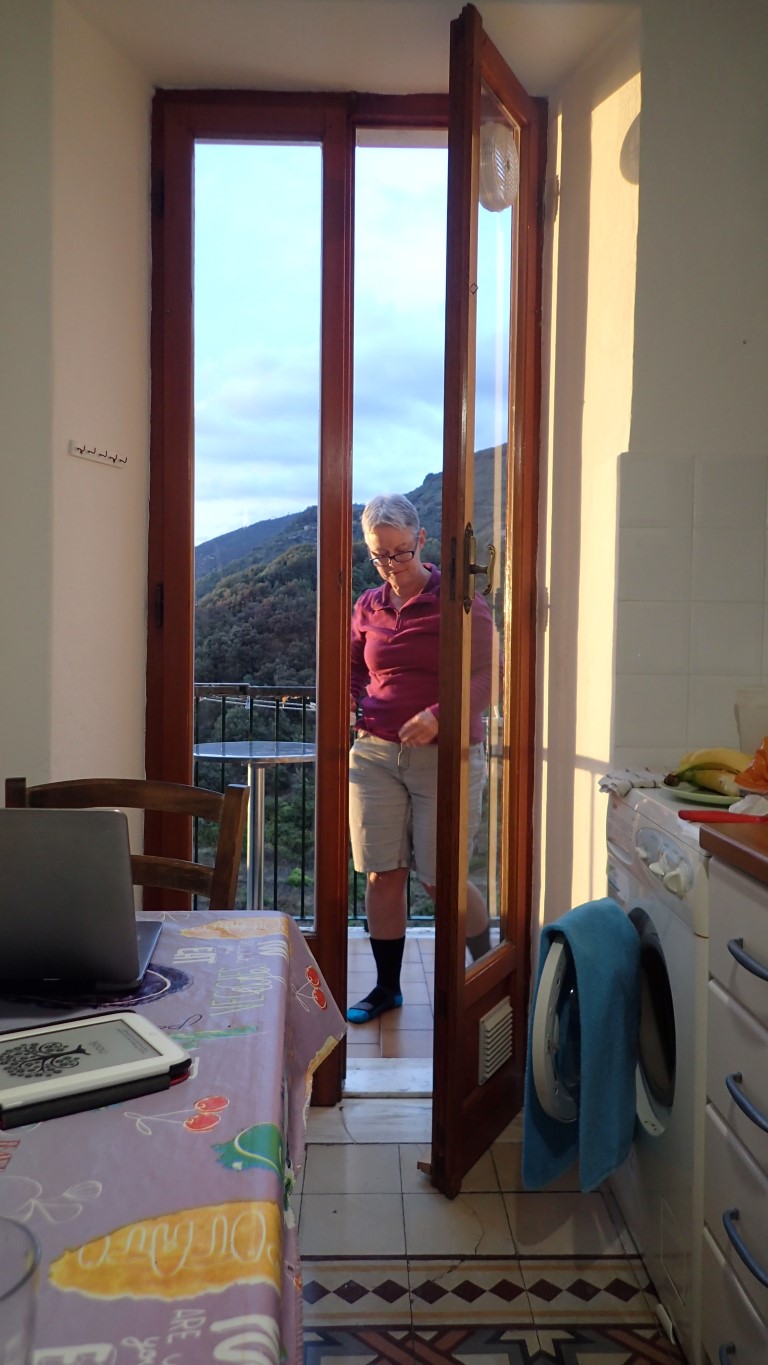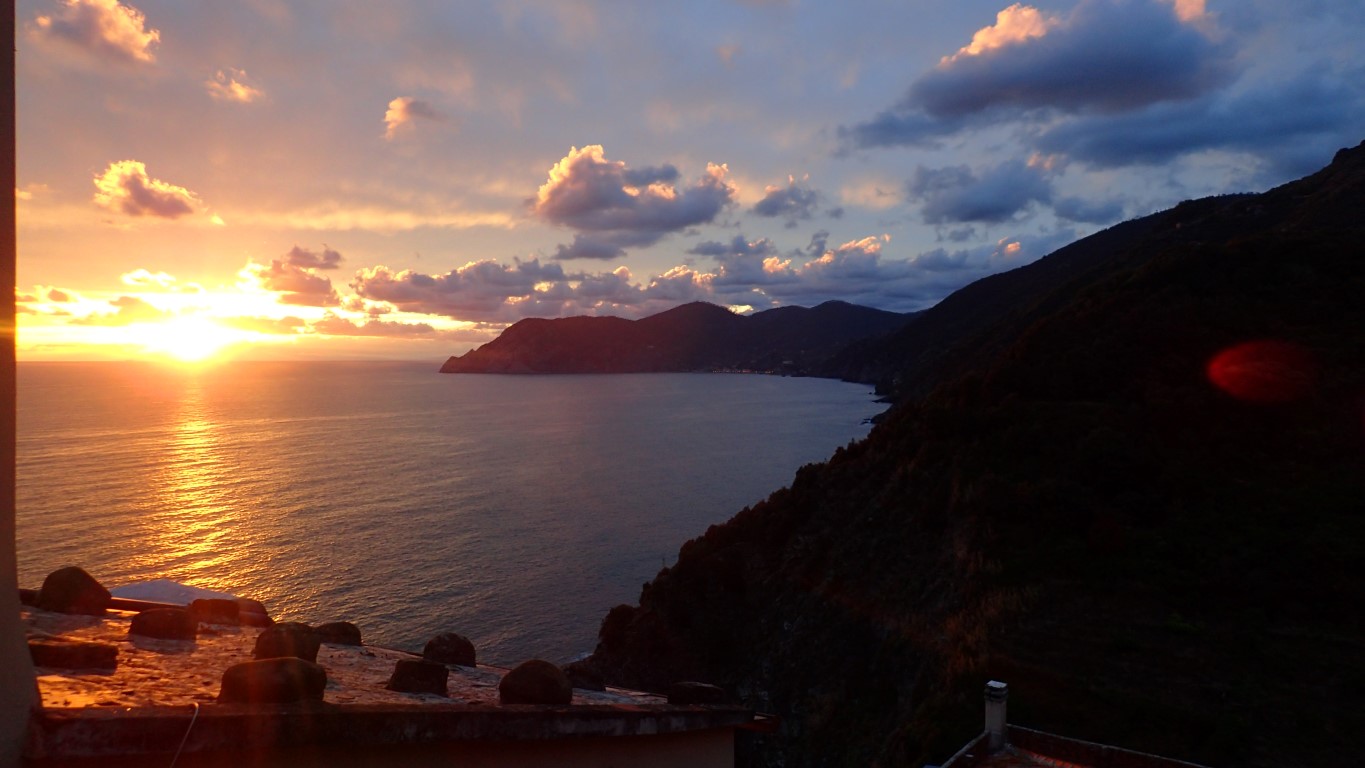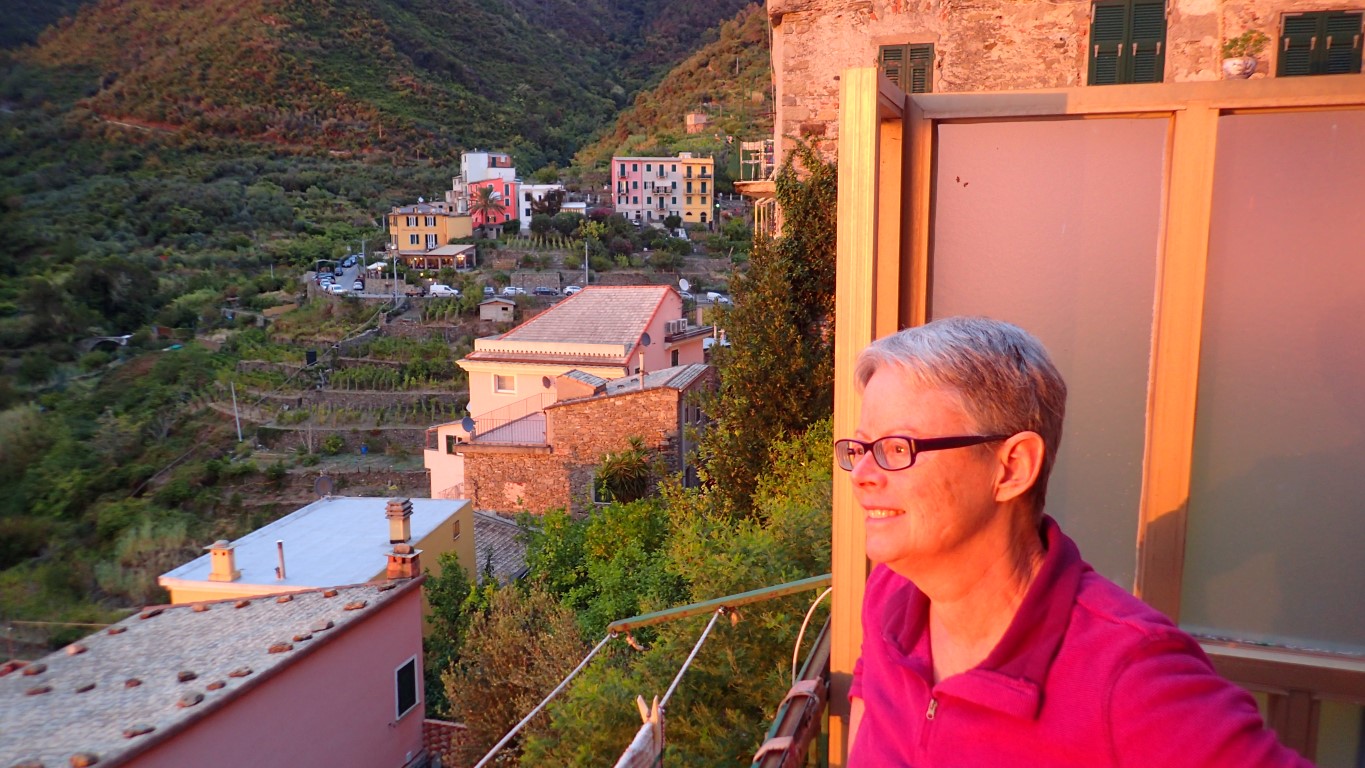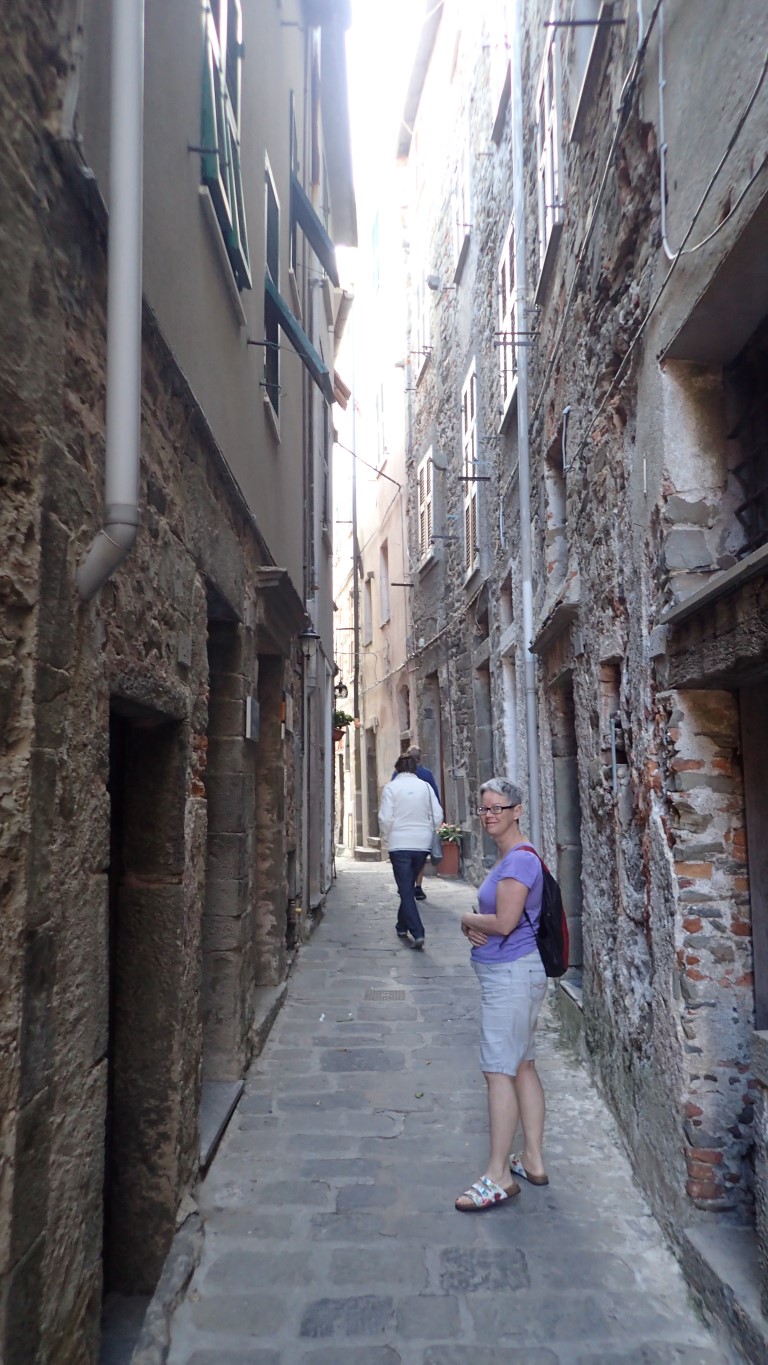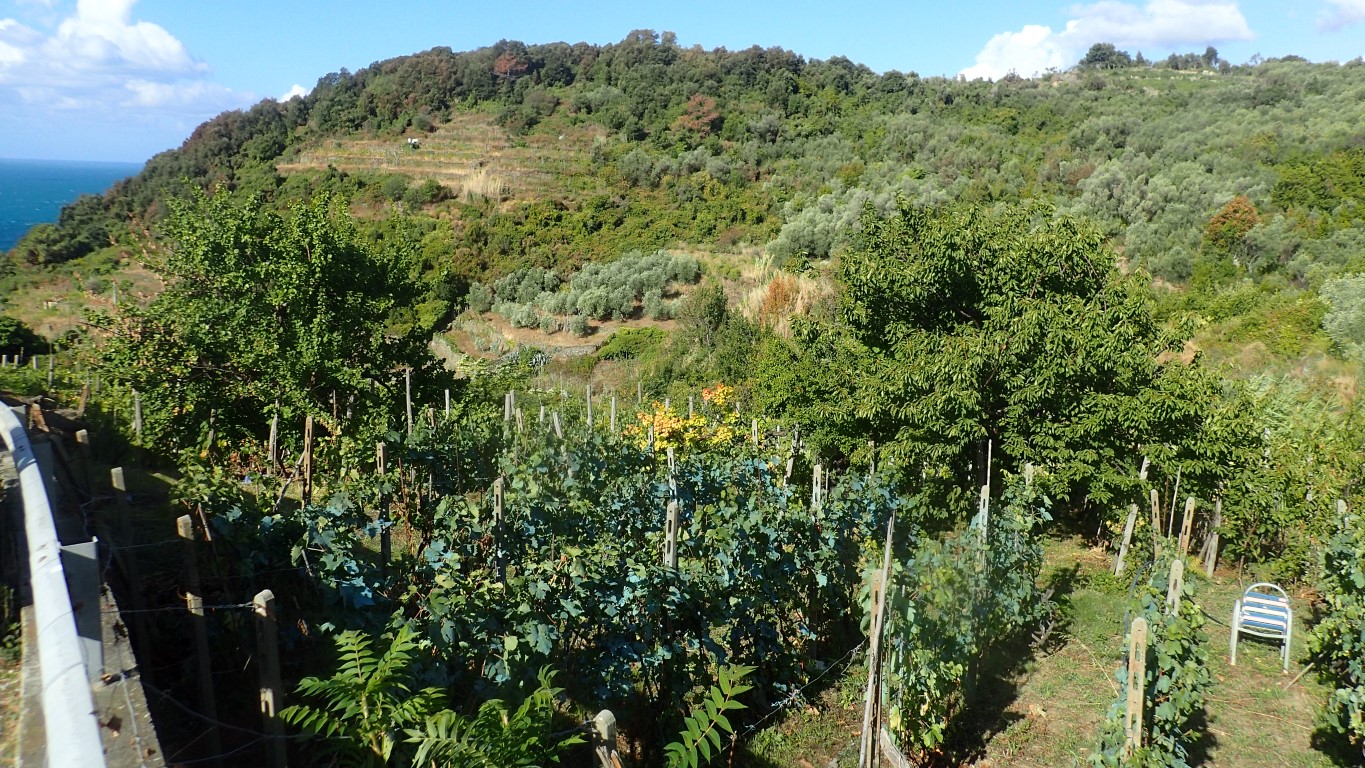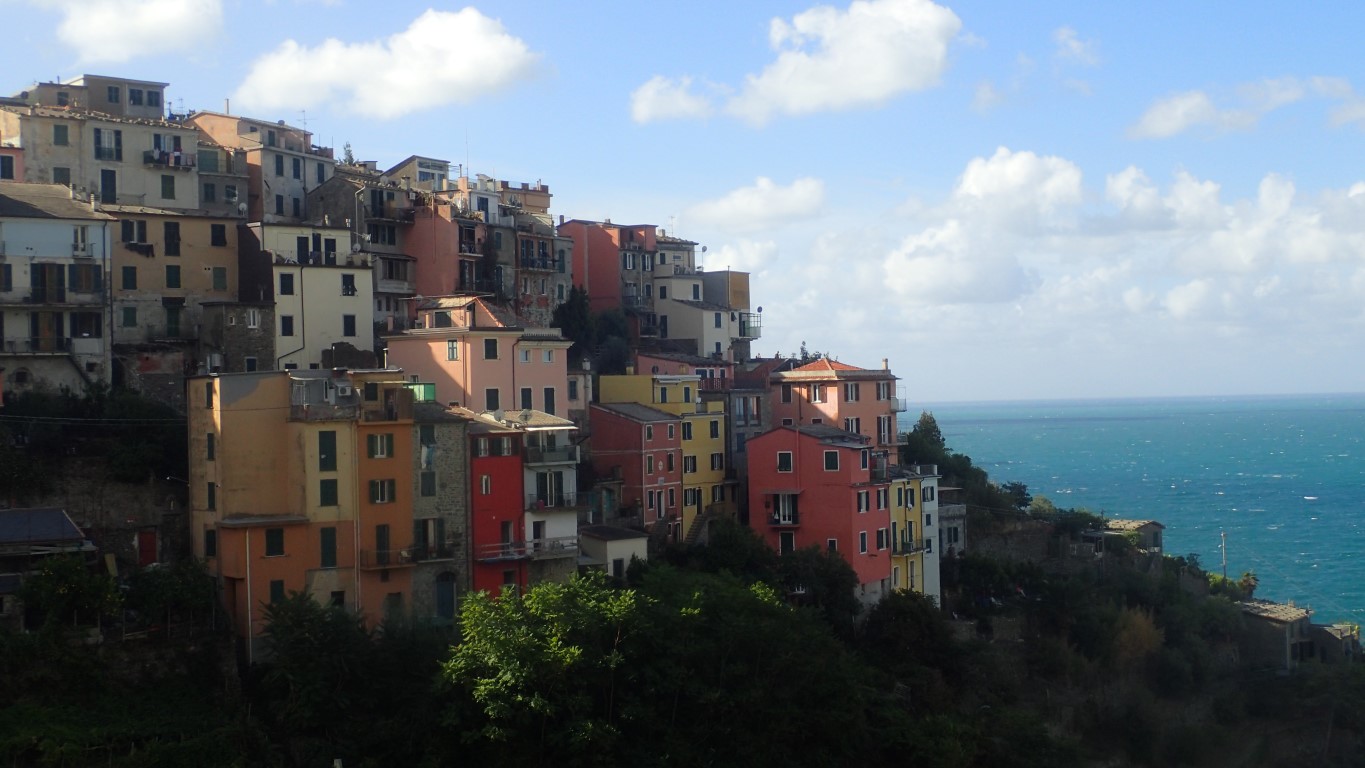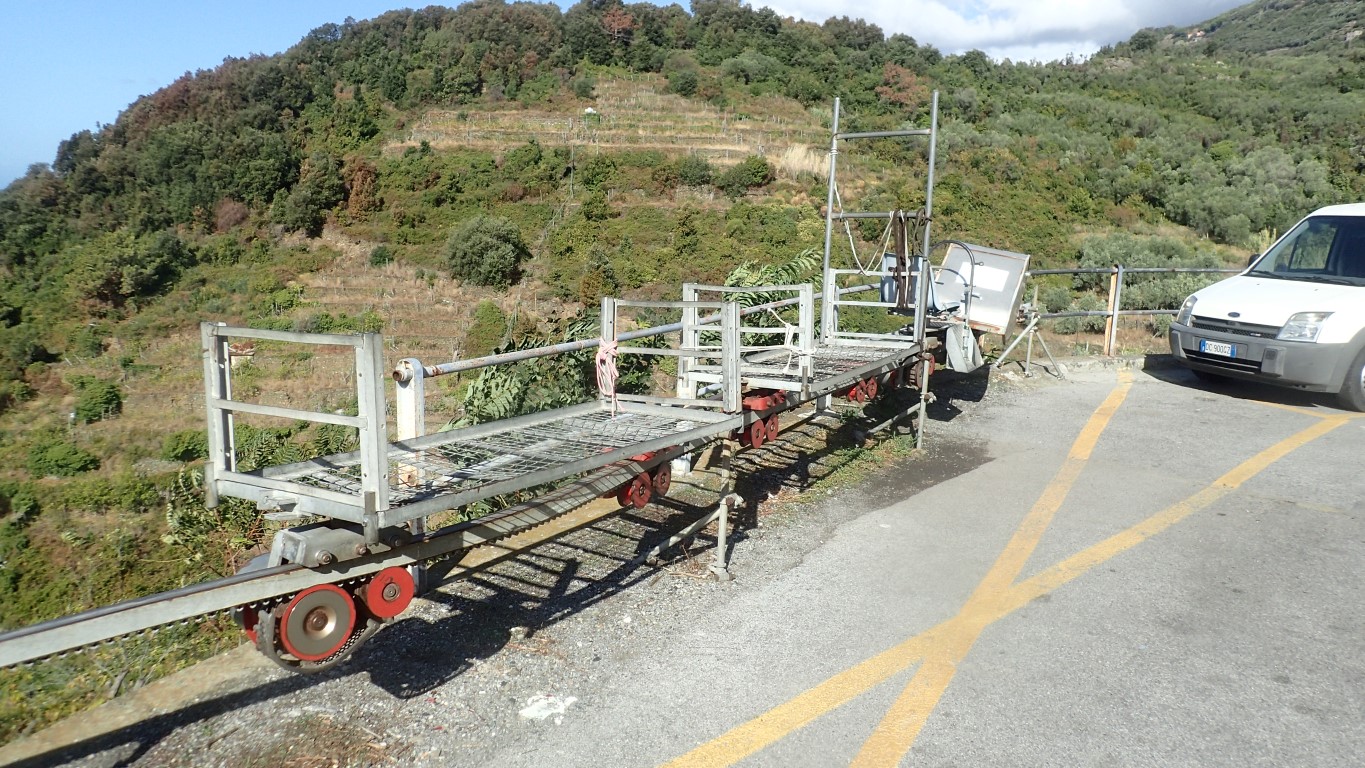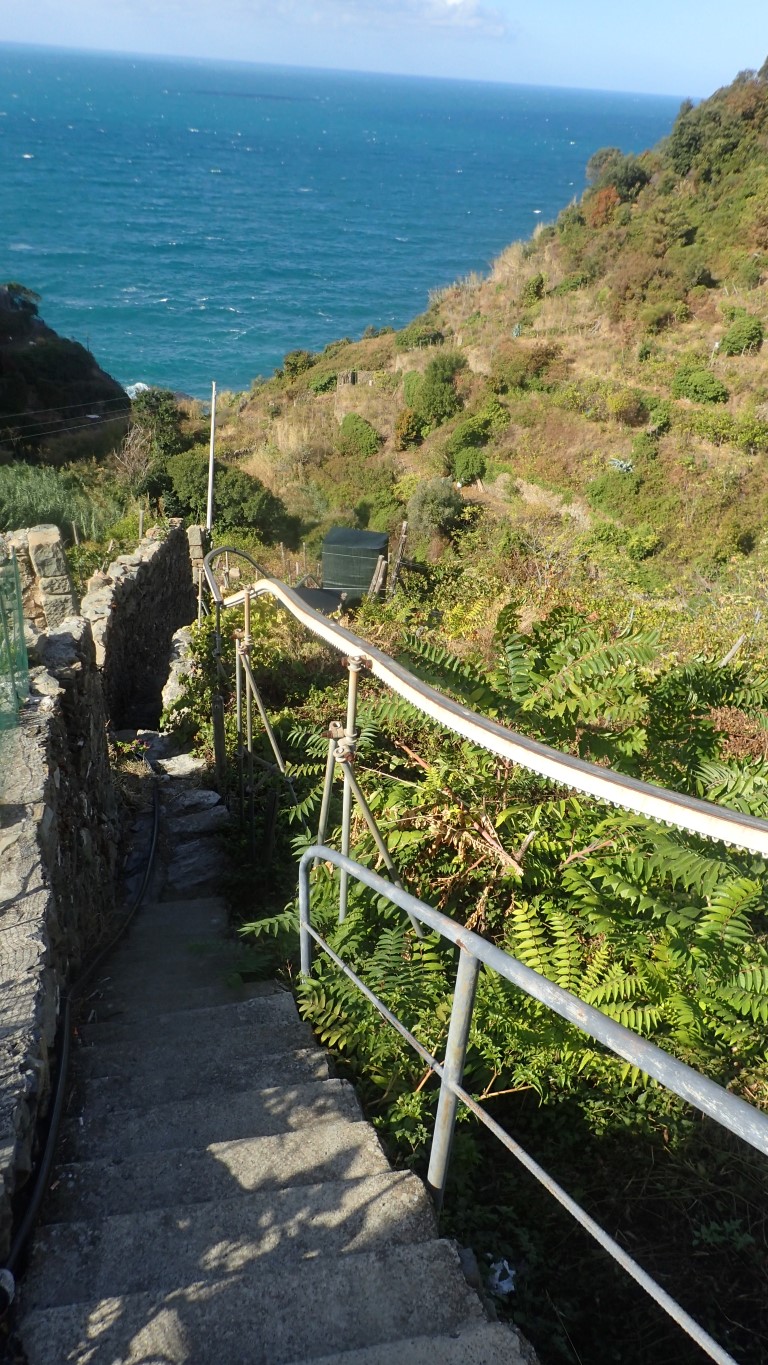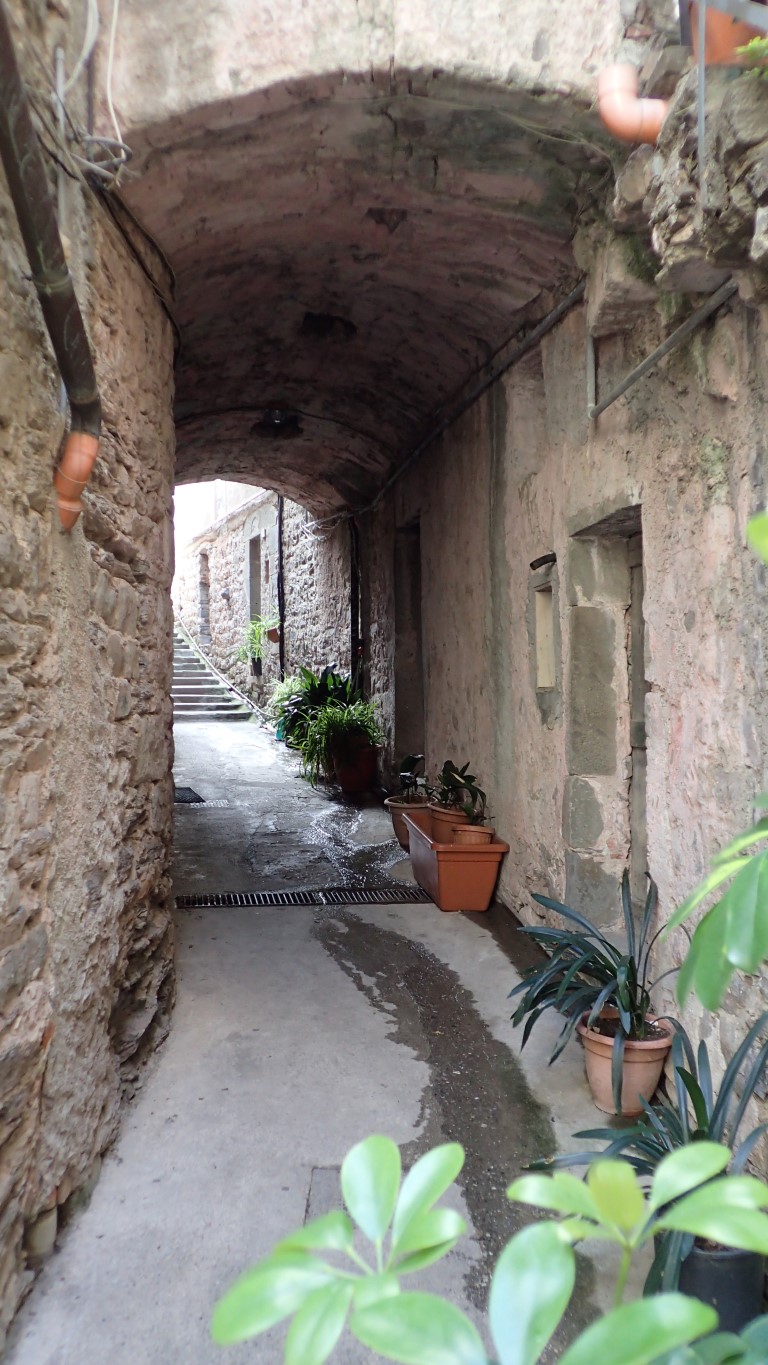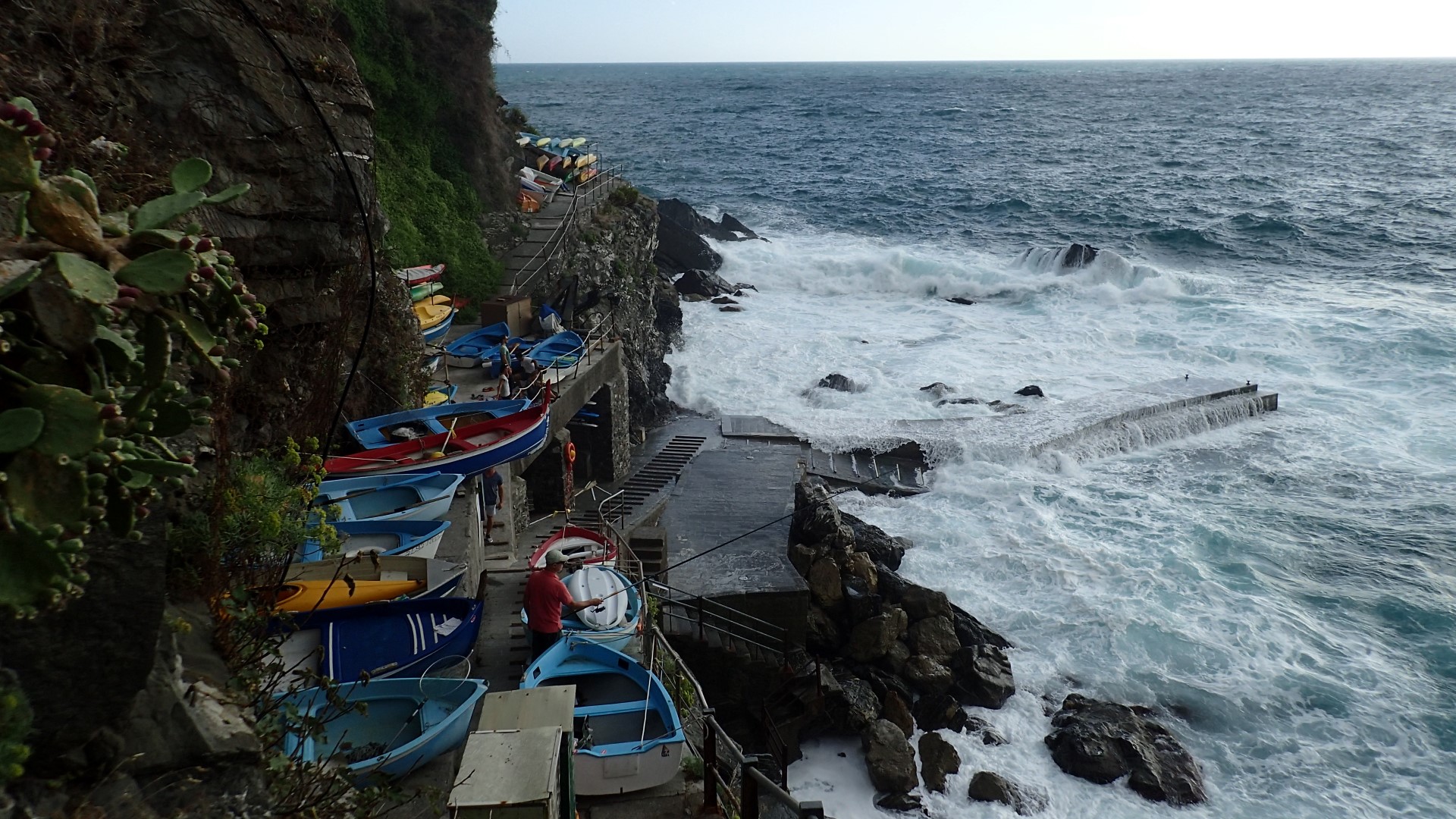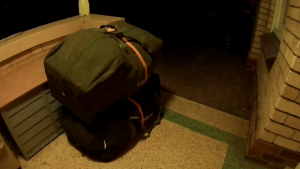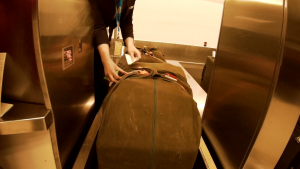Valencia is an absolute treat to visit – gorgeous architecture, unlimited free parking in many of the city’s streets, delicious food, interesting Arts & Science hub on a reclaimed river bed – but the endless huge roundabouts with multiple sets of traffic lights around them are bewildering and nerve-wracking. I guess the locals just get used to them.
We stayed at the Malcom & Barret Hotel, a couple of kms from the city centre and excellent value at 39 euros. If we wanted to camp, we would have had to be right on the outskirts of town or even further away, so the hotel was a great option. And we were lucky enough to get a free, unlimited park almost outside the hotel entrance.
We drove to the City of Arts and Science at around 6pm and got another miracle park right across the road from the Arts Centre. Apparently this precinct has been full of controversy and complaints about the expense and various design flaws requiring costly repairs, but (in the words of our Lonely Planet Guide) as it wasn’t our taxes paying for it, we thought it was all pretty good. There was a free concert of music by Brahms, Ravel and a couple of others, but we didn’t even bother to ask about tickets – from the large crowd, I’m sure all the seats were sold out months ago. We were just happy to wander around the precinct, which included an Imax theatre, an aquarium and several large pools of water. It was possible to hire rowboats, pedal boats and clear inflatable balls that one got into and self-propelled in one of the pools. Another looked like a huge wading pool, but there were only a couple of adults having a paddle. We agreed that if it was anywhere in Australia, it would be full of kids! I couldn’t work out why the local kids weren’t in there getting wet.
This morning we headed into the Central Market to find breakfast and buy food. The one and only coffee stall in the market was full, so we wandered outside and found a busy, popular cafe hidden by more market stalls. We ordered el especial de la casa the house special of bocadillos con lomo al horno, patatas y all i oli sandwiches with roast pork, potatos and mayonaisse. Delicious! So then we went for a long walk around the city, looking at some of Valencia’s gorgeous Modernista buildings, including the incredible leadlight glass dome of the main post office. Our final stop was at a stall just outside the market which sold orxata horchata and xurros con xocolate churros with chocolate. Horchata is a cold, sweet non-dairy milky drink made from tiger nuts, a small tuber, and served with fartons, finger buns.
It seems like the countryside around Valencia is Spain’s fruit bowl – endless kilometres of orchards, olive groves and citrus trees. Tonight we’re camping just north of Murcia, in a village which has thermal banyos baths. According to the English guy who runs this campground, Las Palmeras, the busy time is during the Northern Hemisphere’s winter, with … er … older people visiting from Northern Europe to ‘take the waters’. And to get away from sub-zero temperatures. Today it was 33C here, a bit warmer than usual for this time of the year.
